I have made several trips to Phnom Penh, Cambodia over the years. Much like nearby Vientiane, it is a city best explored slowly, not rushed through en route to Angkor Wat. First-time visitors should give themselves 3 days in Phnom Penh. This itinerary will take you to all the main attractions while allowing for plenty of time at the hotel pool. It’s hot in Cambodia, y’all. The country also has some very dark history to contend with and, if you’re like me, you’ll need some time to process what you’ve seen. But don’t let that put you off visiting! I’ve found Cambodia to be a deeply rewarding destination, with lots of interesting things to do and some of the kindest people you’ll find anywhere.
Three Days in Phnom Penh
DAY 1
Depending on your arrival time, you’ll likely want to eat breakfast or lunch before a full day of sightseeing. I recommend The Shop 240, which has been a mainstay of the Phnom Penh cafe scene since it first opened in 2001. The Backyard Cafe is another good option, serving up locally-sourced vegetarian fare.
Royal Palace and Silver Pagoda
The Cambodian Royal Palace is arguably the best thing to see in Phnom Penh. It looks like a scaled-down version of the Thai Royal Palace in Bangkok, which isn’t surprising since Cambodia at various points in history was under the thumb of Thailand. Walking around the manicured grounds, it’s hard to imagine that the country has ever been at war. The complex dates to the 1860s and features creamy yellow buildings spread across lush green lawns. Saffron-clad monks snap photos of the landmark as eagerly as the tourists.
The palace is home to the Cambodian royal family, and many of the buildings are closed for their privacy and security. But it is possible to visit the Throne Hall and Silver Pagoda, which gets its name from the five tons of silver tiles covering the floor.
The Silver Pagoda houses a dazzling collection of Khmer artifacts, including many rare pieces covered in jewels. Cambodia’s own Emerald Buddha, made of green Baccarat crystal, has pride of place atop a golden pedestal. (Thailand boasts two Emerald Buddhas, one in Bangkok and another in Chiang Mai.) The Khmer Rouge destroyed many temples and important relics during their reign of terror, but they spared this collection. Colorful murals depicting the Ramayana epic cover the walls surrounding the pagoda.
National Museum of Cambodia
The National Museum of Cambodia is around the corner from the Royal Palace in an elegant pink building dating to the early 20th century. It contains a vast array of Khmer sculptures, many rescued from the ruins of Angkor Wat. Open-air halls filled with massive stone statues surround a pretty central courtyard. If you’ve been to the outstanding Angkor National Museum in Siem Reap you might be underwhelmed by the more modest offering in Phnom Penh. But I personally never tire of looking at this unique style of art.
Dinner at Malis
I’ve dined at Malis on every trip to Phnom Penh and it has yet to disappoint. The restaurant specializes in “living Cambodian cuisine” and has revived traditional recipes that were nearly lost during the Khmer Rouge purge. Malis’ updated take on fish amok, the national dish, is a triumph. The boneless fish fillets in this must-try creation are marinated in lemongrass curry paste and steamed inside banana leaves until they melt in your mouth. Kampot crab fried rice is another delectable house specialty. It features rice seasoned with kaffir limes and fried with the juice and meat of crabs harvested off the southern coast of Cambodia. Round out your meal with sweet-and-savory pork sausages and a refreshing green mango salad.
Day Two
Fill up at breakfast because you might not feel like eating much after visiting the two places on today’s agenda. However difficult it may be, it’s important to learn about the Cambodian civil war and genocide. These atrocities impacted the lives of millions of people and shaped the country we see today. As responsible travelers, we must aim for a deeper understanding of the places we visit, especially when those places are mired in tragedy. We can’t shy away from the dark parts of history just because they make us uncomfortable.
Tuol Sleng Genocide Museum
In the late 1970s, Pol Pot led the Khmer Rouge army in a brutal civil war. The communist regime took over the government, destroyed the banking system, and forcibly relocated city residents to countryside communes. His goal was to create an economy that operated solely on rice production. All threats to his distorted world view were eliminated. This included doctors, teachers, monks, musicians, diplomats, and members of the previous government. Children were murdered so they wouldn’t be tempted to avenge their parents’ deaths. It’s estimated that between 1.7 and 2.5 million lives were lost.
The Khmer Rouge sent many of its supposed enemies to the notorious S21 prison. This former high school saw its classrooms turned into jail cells, with inmates chained to the floor and tortured. These unfortunate victims were forced to give lengthy confessions, with every detail of their lives noted down by the regime. Pages and pages of these autobiographies are on display along with thousands of photographs inside the Tuol Sleng Genocide Museum. You will see some gruesome things here, so be forewarned. The organized cruelty of the Khmer Rouge is appalling and terrifying.
Choeung Ek Genocidal Center
The doomed prisoners met their end at the Killing Fields. One of these sites, Choeung Ek, is located about 17 kilometers outside Phnom Penh. Today it stands as a peaceful memorial, belying the horrors that took place. Just like at Auschwitz in Poland, visiting here is heartbreaking but essential. The Khmer Rouge executed thousands of men, women, and children at Choeung Ek and buried them in mass graves. Excavations have recovered many of the remains, but the rest lay untouched in their graves. This is hallowed ground so be sure to stick to the trail.
An audio guide leads you through the site, and listening to survivors describe what they witnessed left me overcome with emotion. Many visitors were openly weeping or leaving bracelets at the graves. Even remembering the experience as I write this is enough to being me to tears.
A Memorial Stupa stands at the center of Choeung Ek. Thousands of skulls stare out through its windows, asking you to bear witness to their suffering.
Afternoon by the Pool
The Pavilion Hotel is an excellent choice for an afternoon of relaxation. Tucked behind thick walls, it is an oasis in the middle of the city. The hotel’s main building is a jewel of French-Khmer architecture thought to have been the private retreat of a queen. It is surrounded by lush gardens and boasts two gorgeous swimming pools. I discovered this incredible place on my second trip to the city and it’s a big reason I keep returning to Phnom Penh.
Dinner at Bistrot Langka
Bistrot Langka has been a Phnom Penh hot spot since its opening in 2016. The chic restaurant serves up tasty French fusion dishes at surprisingly affordable prices. I recommend ordering the gnocchi with mushrooms, tuna tataki, and chocolate fondant cake. The place is always packed, so you will definitely need a reservation.
Day Three
Wat Phnom
According to local legend, four bronze Buddha statues washed up on the shore of the Mekong in 1372. A wealthy woman named Madame Penh found the statues and commissioned a special shrine to house them. That shrine, rebuilt many times over the centuries, is now known as Wat Phnom. A large bronze Buddha sits at the center of the main temple structure, surrounded by dozens of other Buddha images and sacred objects. You’ll need to climb a staircase guarded by stone serpents and lions to reach the temple.
Riverside Park
The Tonle Sap River runs through Phnom Penh and meets up with the Mekong just south of the Royal Palace. A peaceful riverside park takes up much of the prime real estate along the banks. Avenues of palm trees provide ample shade, and if you’re lucky, a breeze will be blowing off the wide expanse of water. Temples and market stalls make it a lively spot to explore, and a night market sets up here on weekends.
Wat Ounalom
This pretty temple serves as the headquarters for Buddhism in Cambodia. It dates to 1443, though was all but destroyed by the Khmer Rouge and rebuilt once peace was restored. An eyebrow hair of the Buddha, known as an “ounalom” in the Khmer language, is the temple’s most sacred item, hence the name.
Lunch at the FCC
The FCC (Foreign Correspondents’ Club) has been attracting journalists and travelers since 1993. Its popularity has waned in recent years as hip new restaurants have taken over the scene, but I’m still drawn to its third-floor balcony for unbeatable river views. The shrimp pad thai is pretty good, too.
After lunch, pick up some souvenirs at a fair-trade shop, wander the bustling back alleys, or sip a farewell drink by the pool. Enjoy the things that make Phnom Penh truly special. I’m already plotting my next visit.
Are you ready to spend three days in Phnom Penh?
PIN this blog for later!
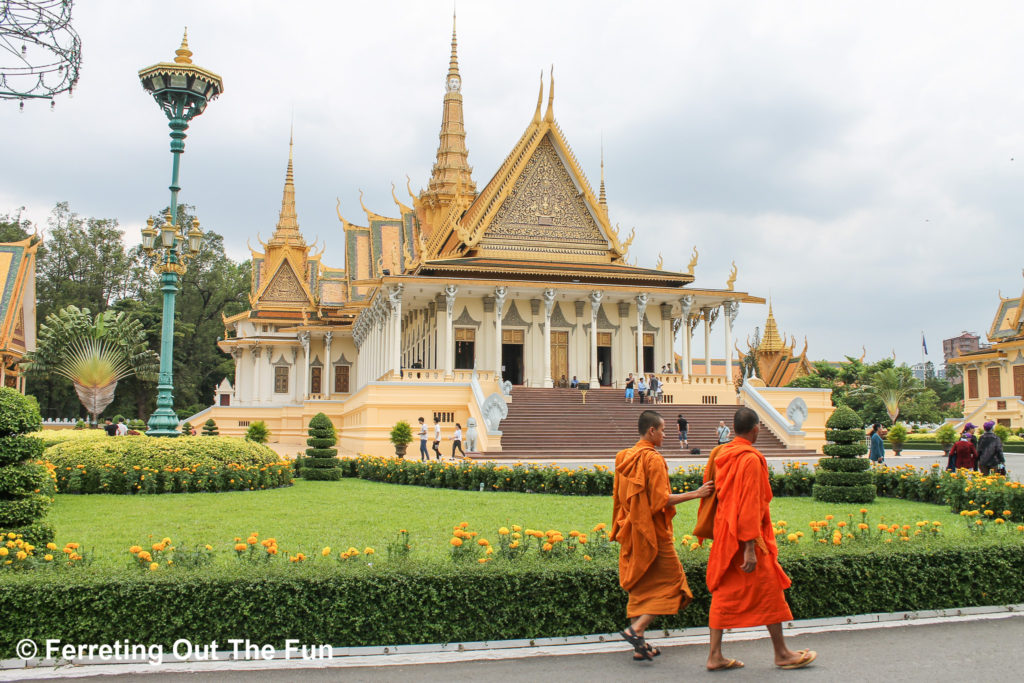
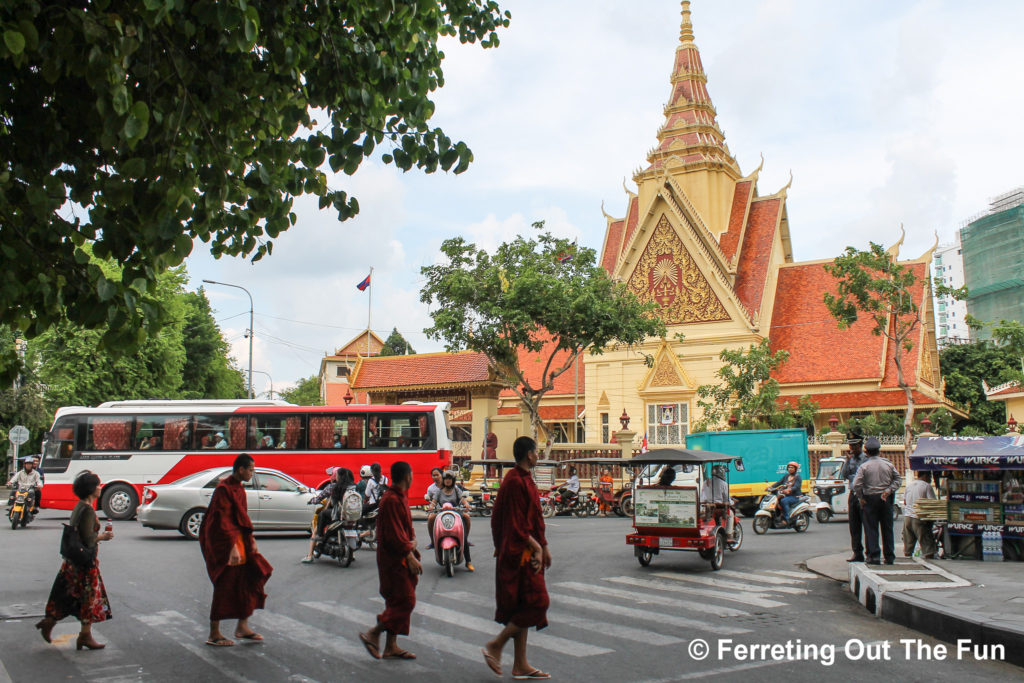
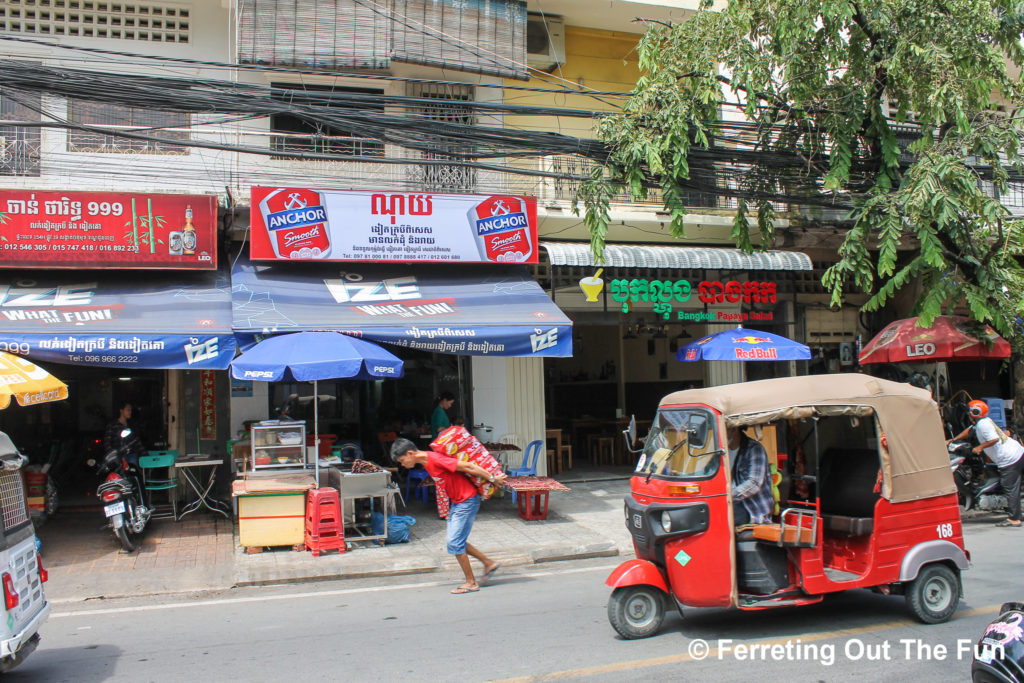
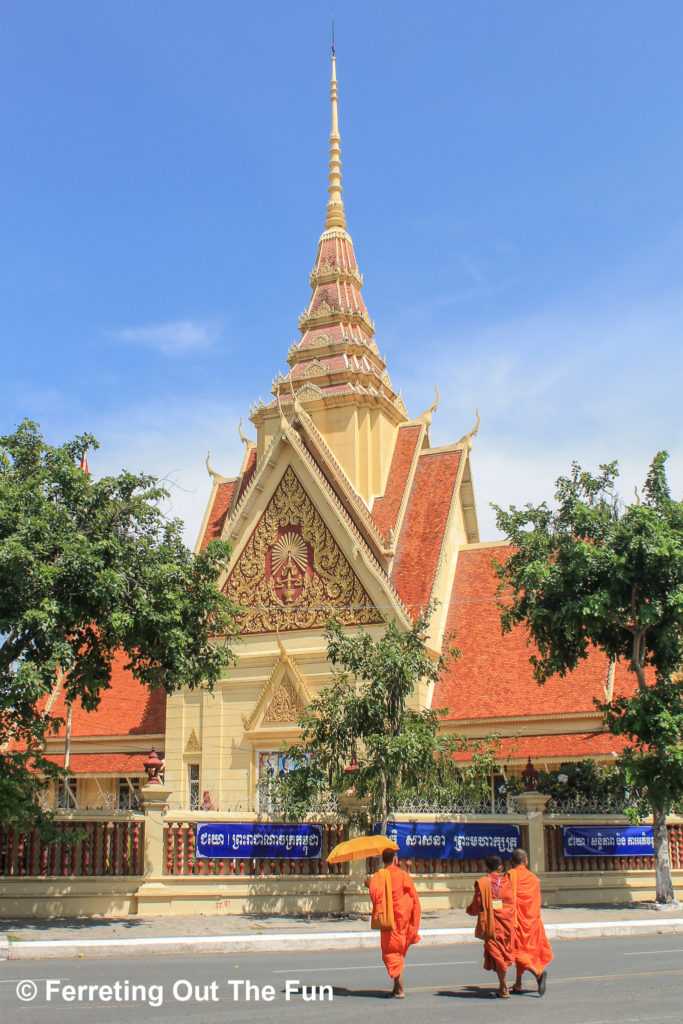
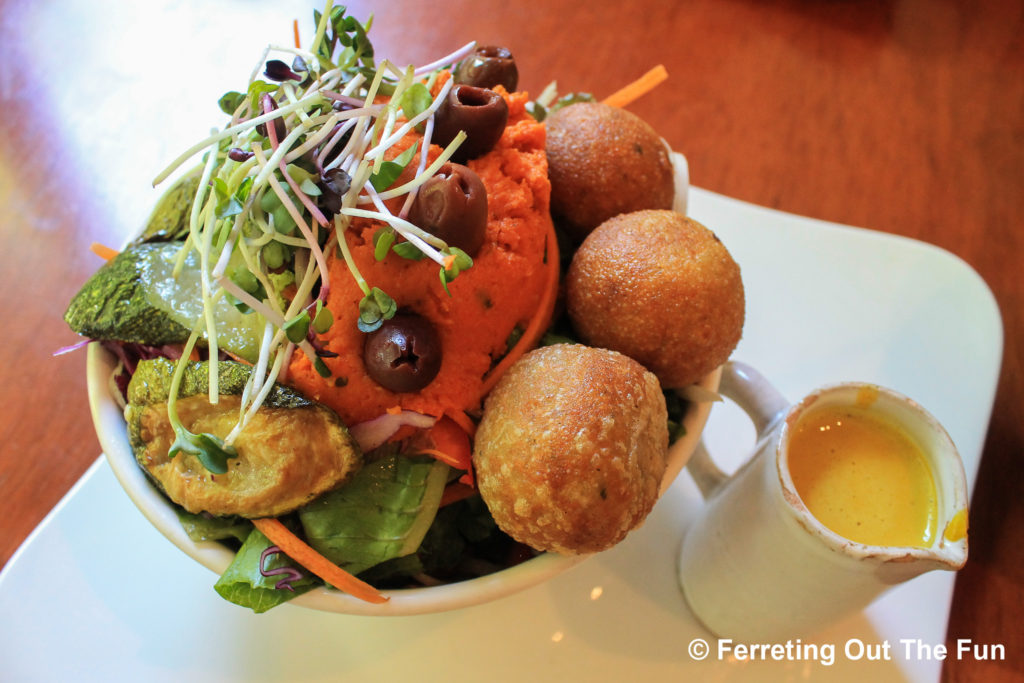
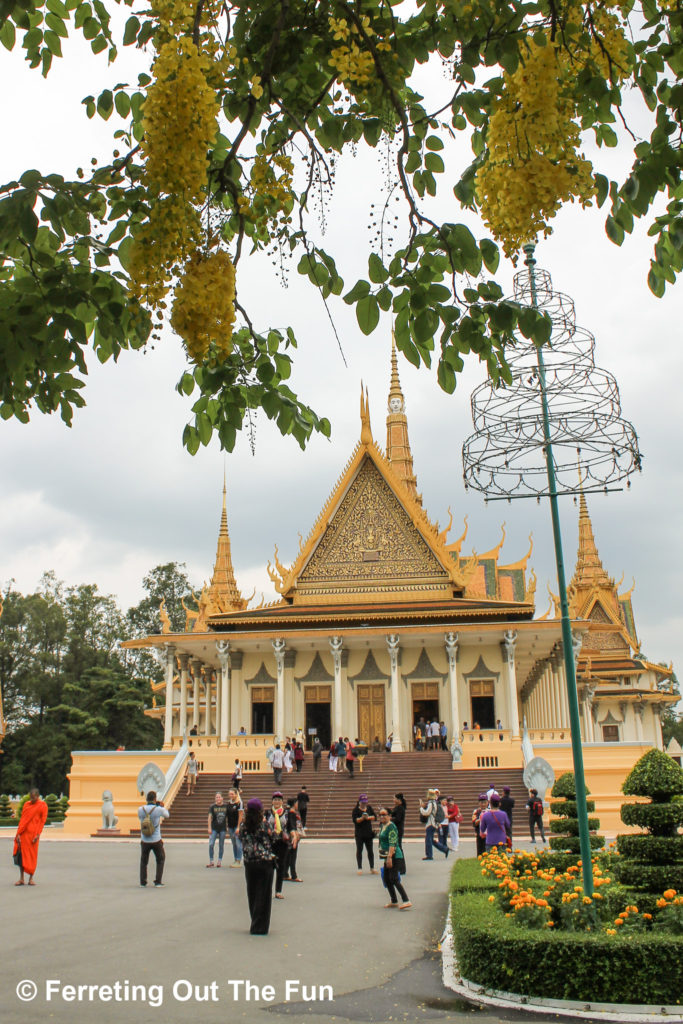
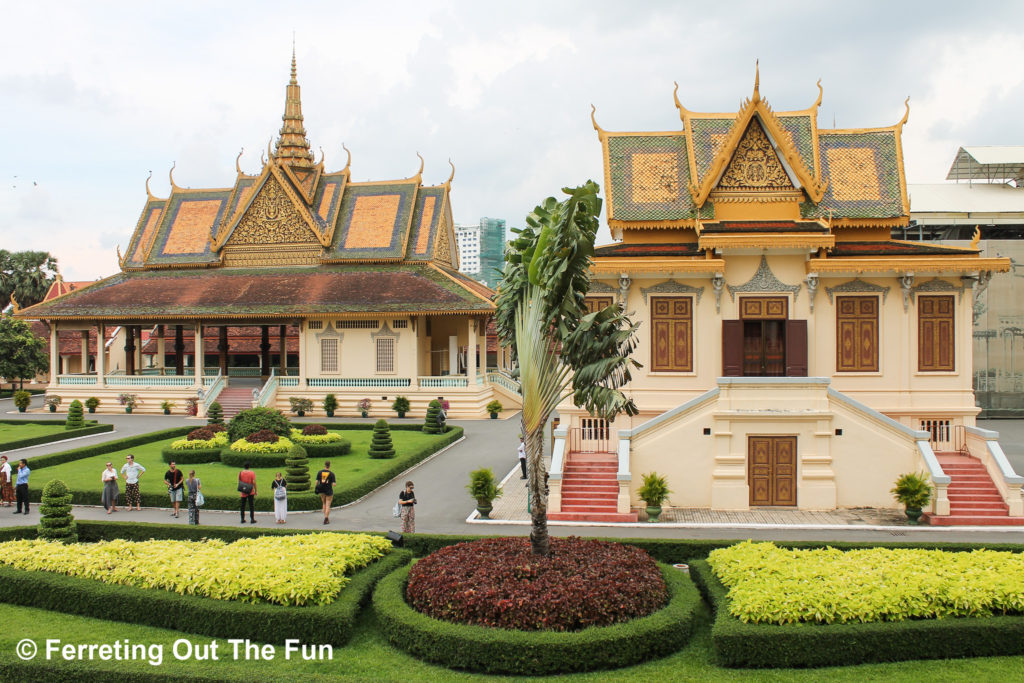
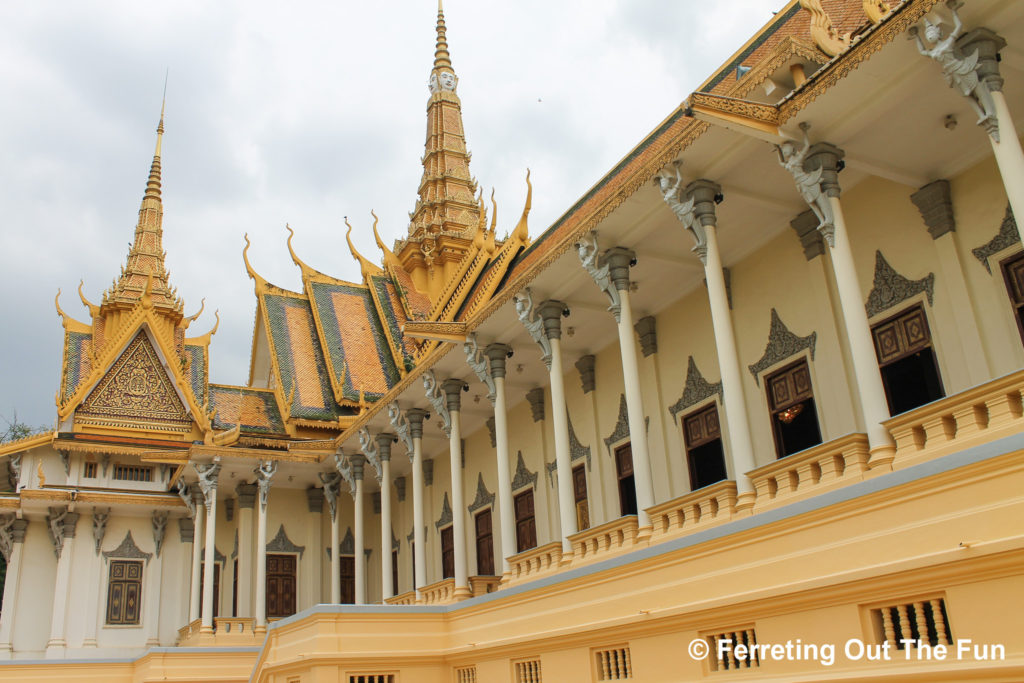
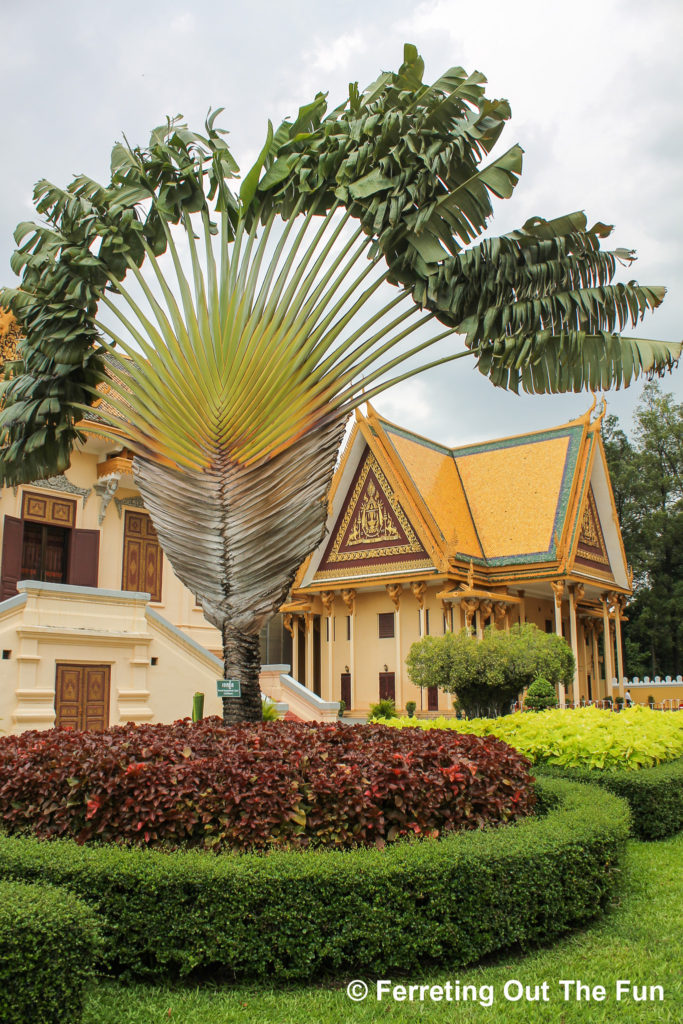
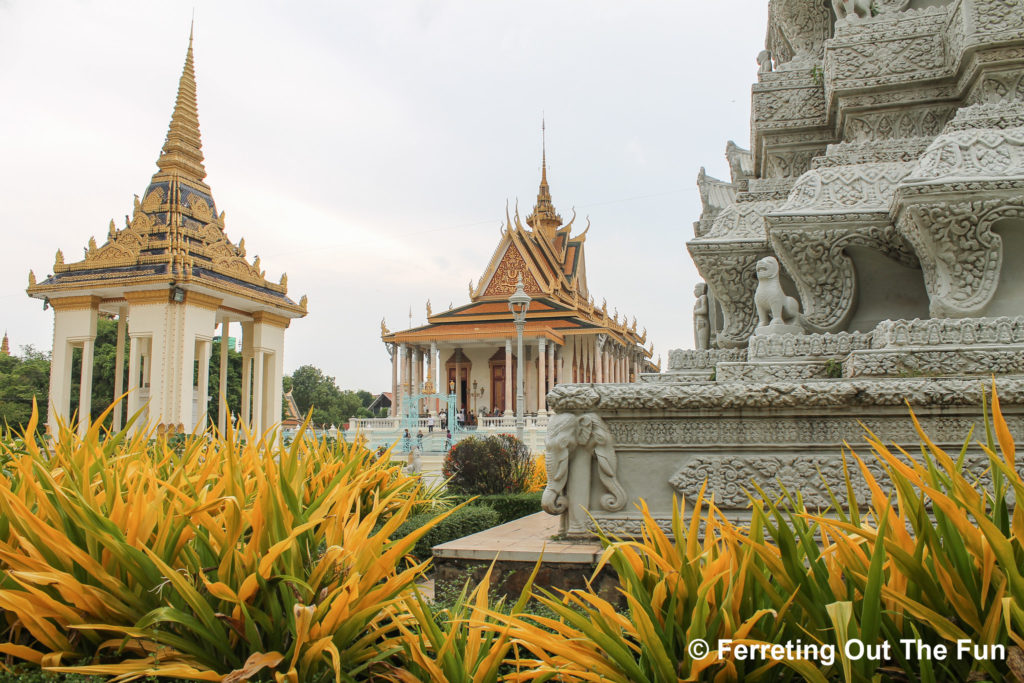
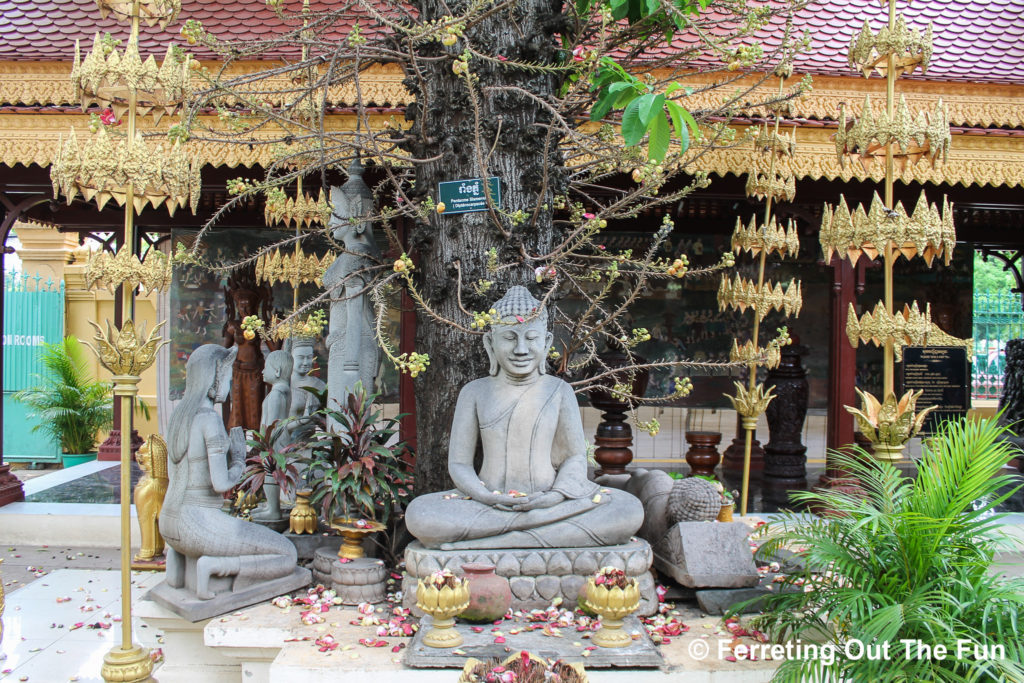
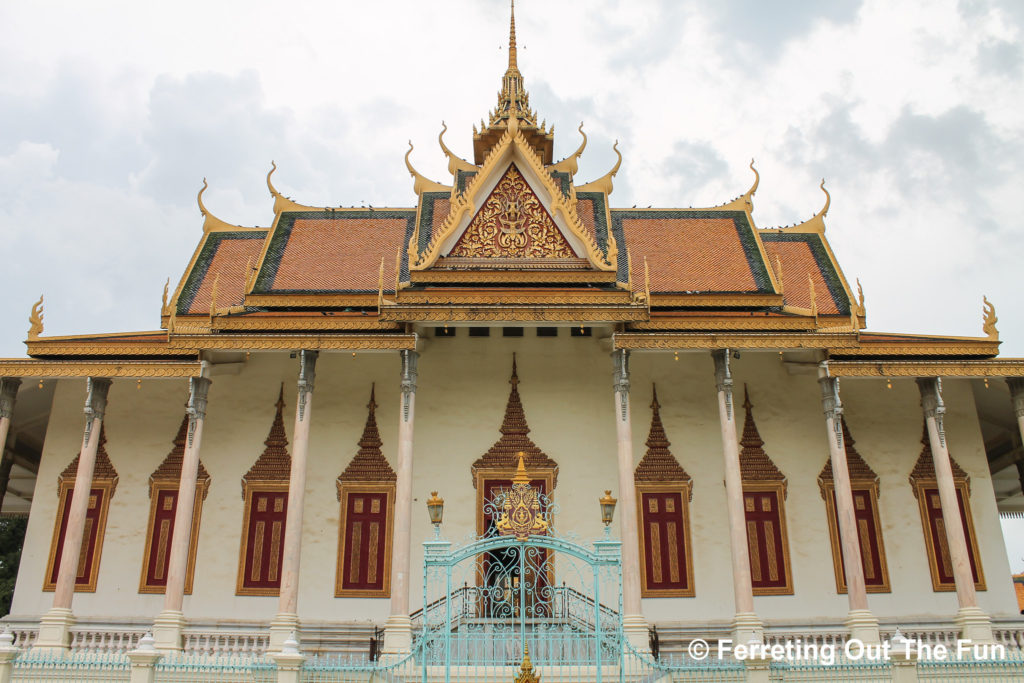
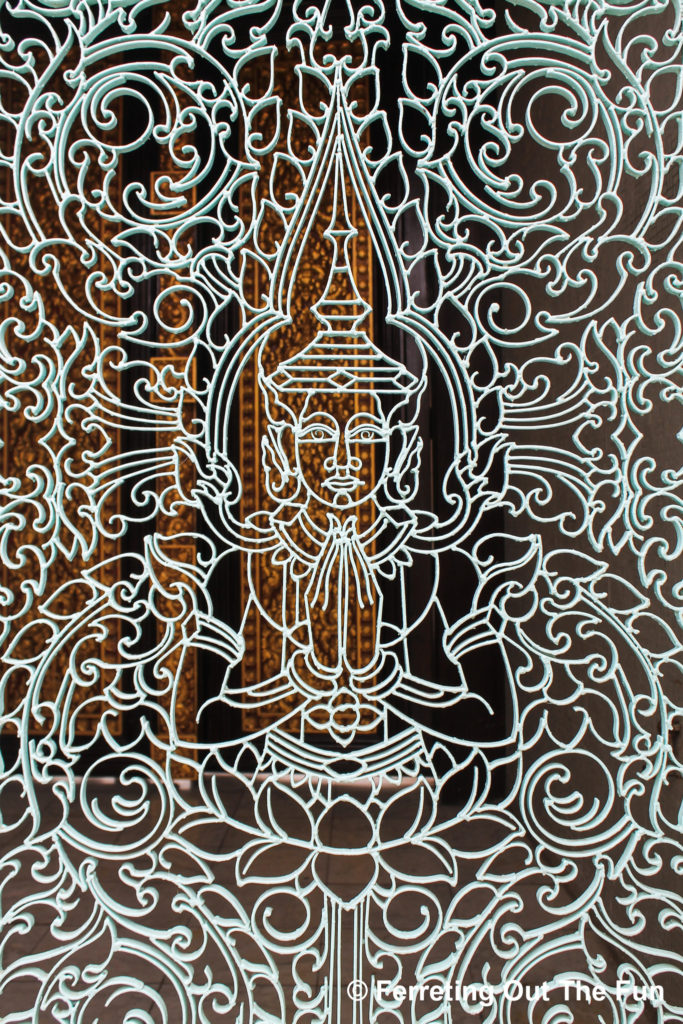
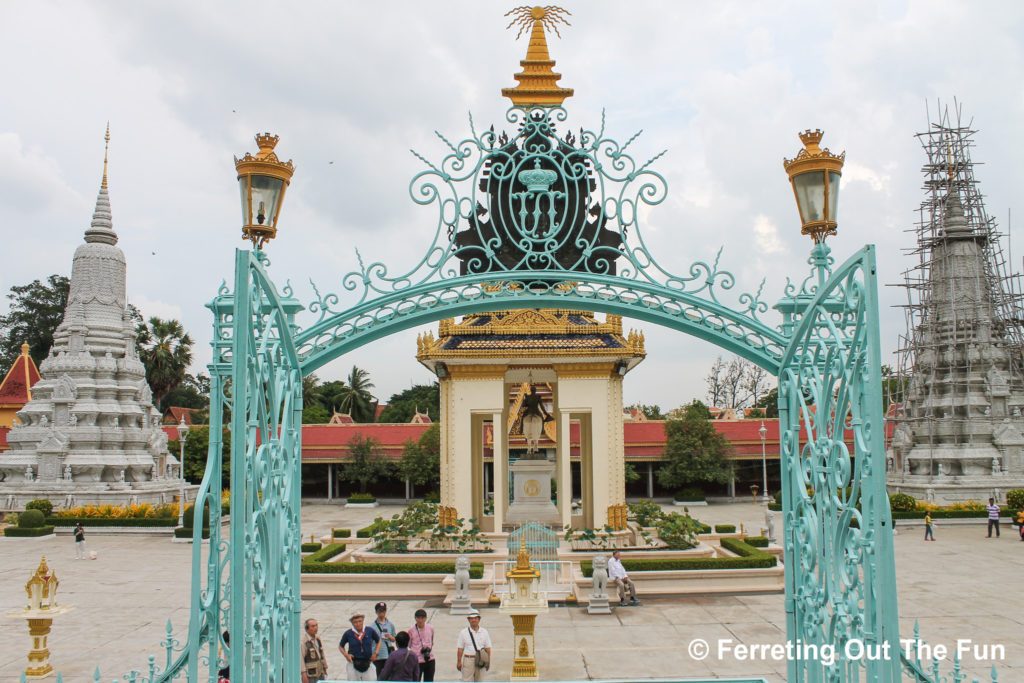
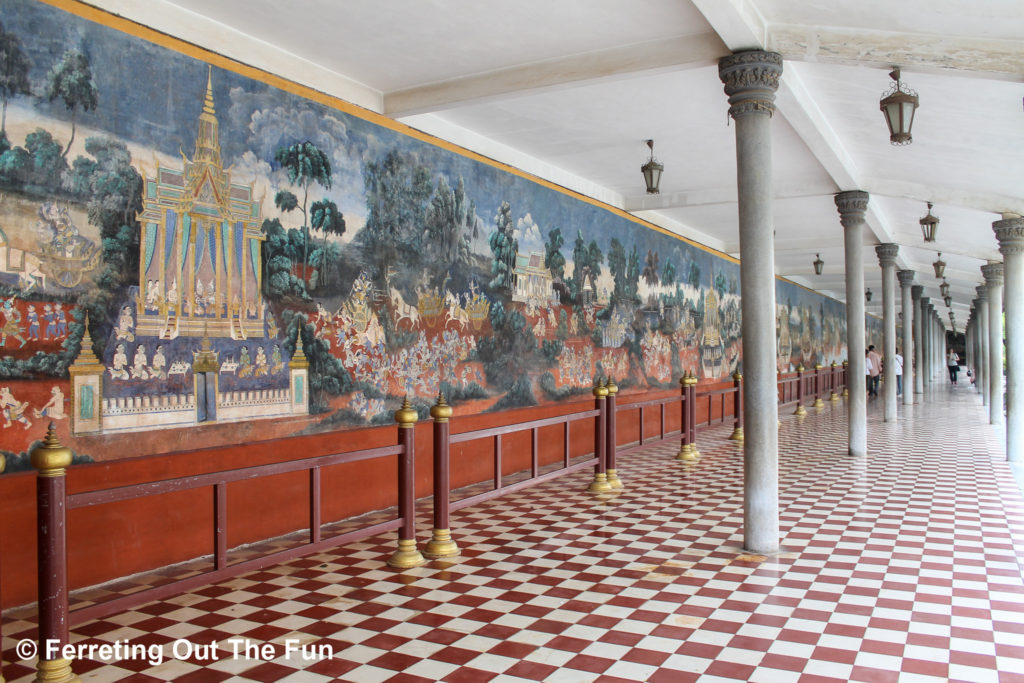
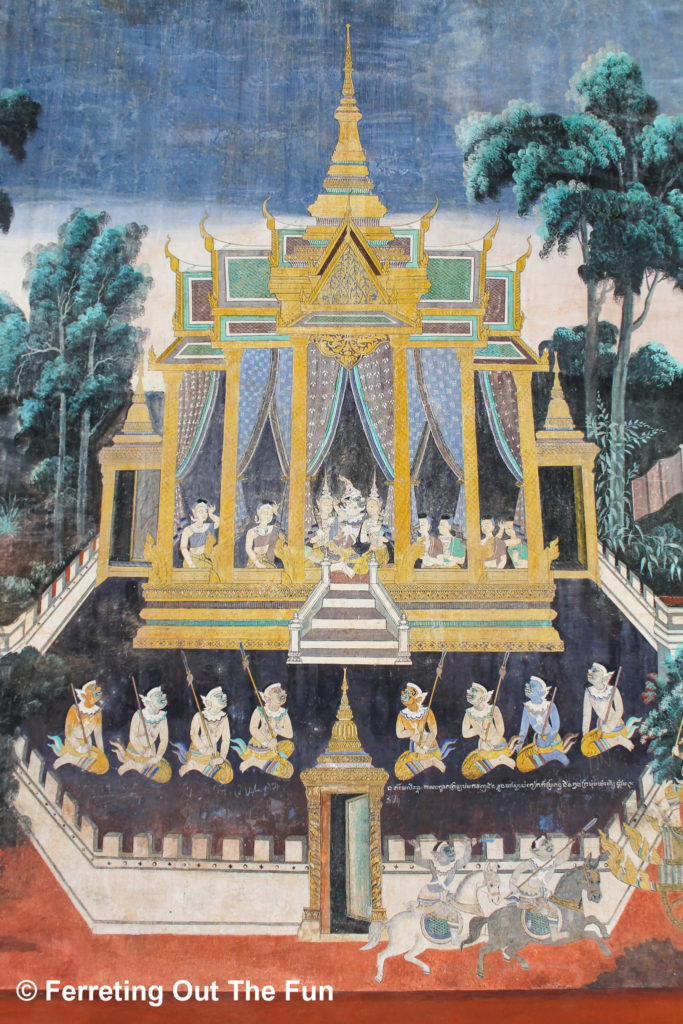
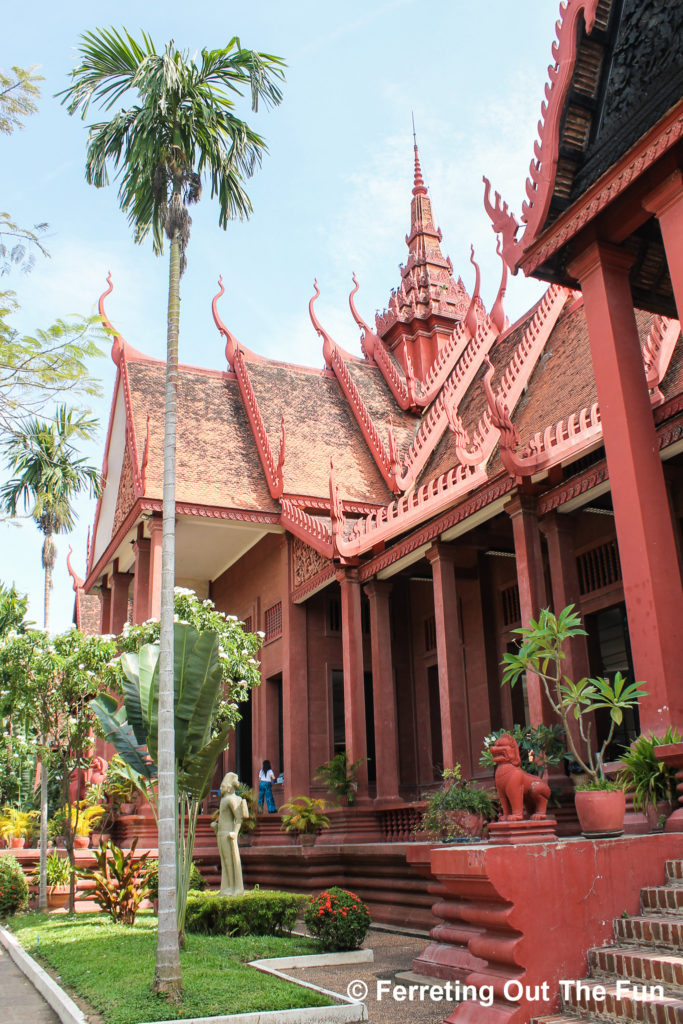
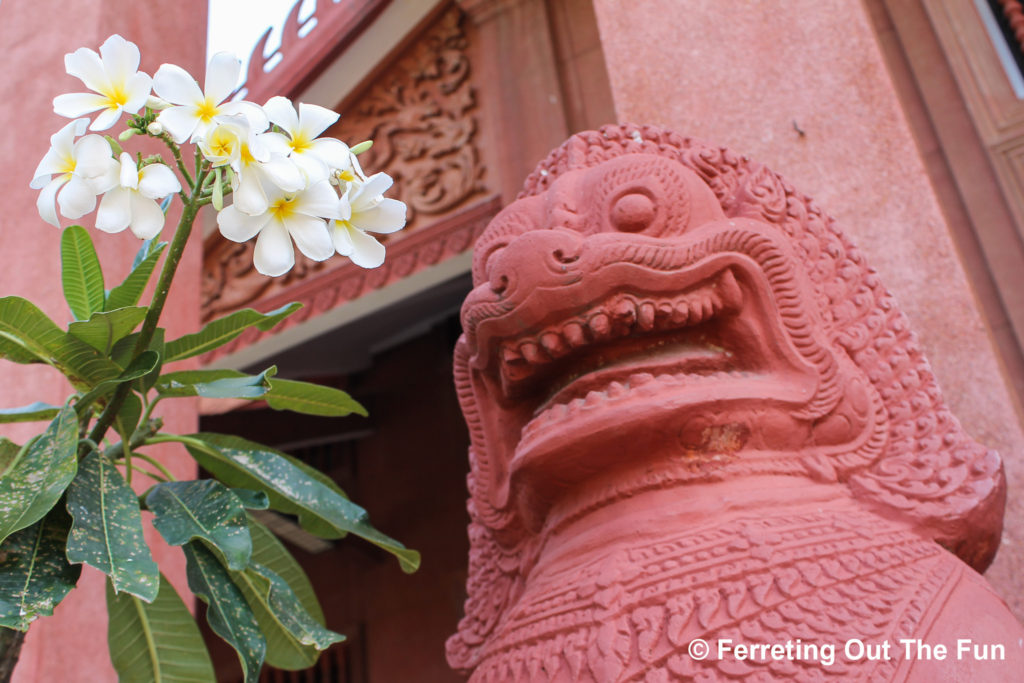
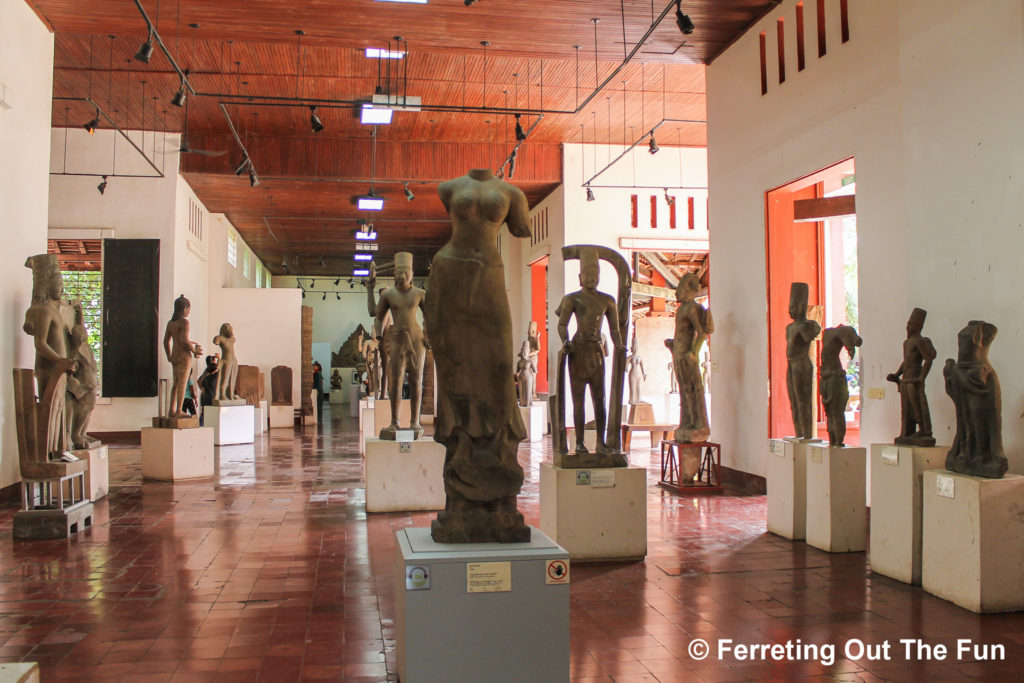
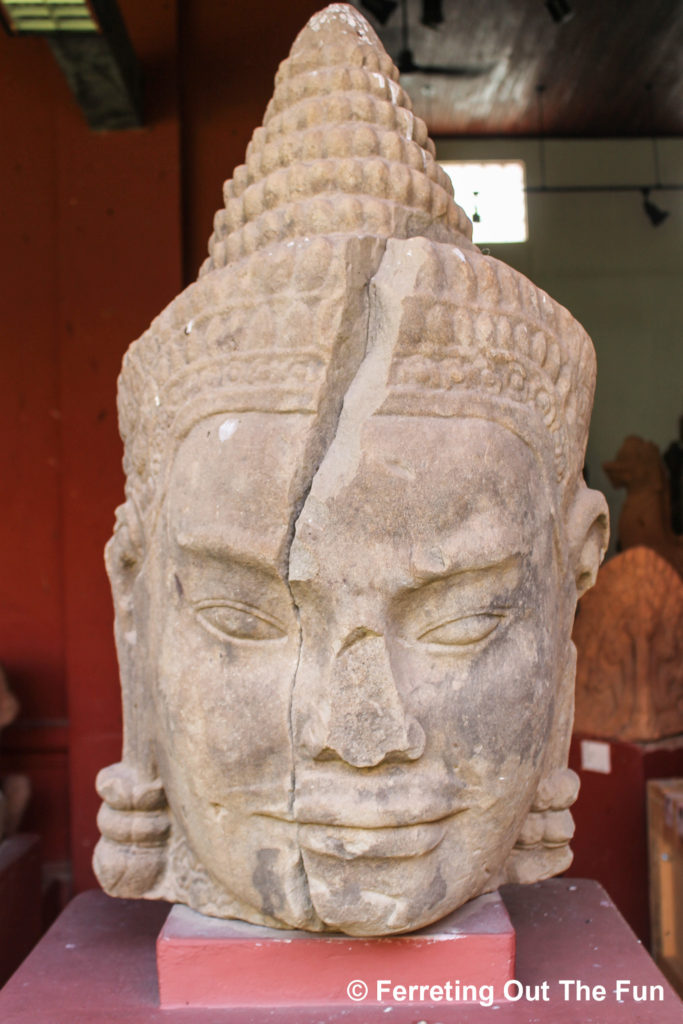
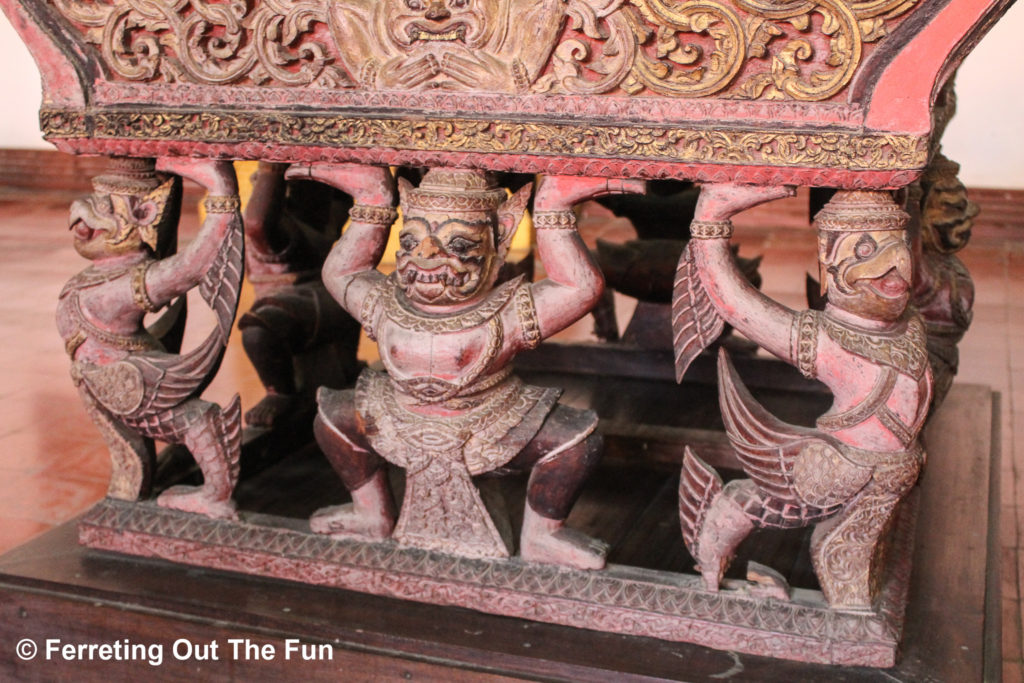
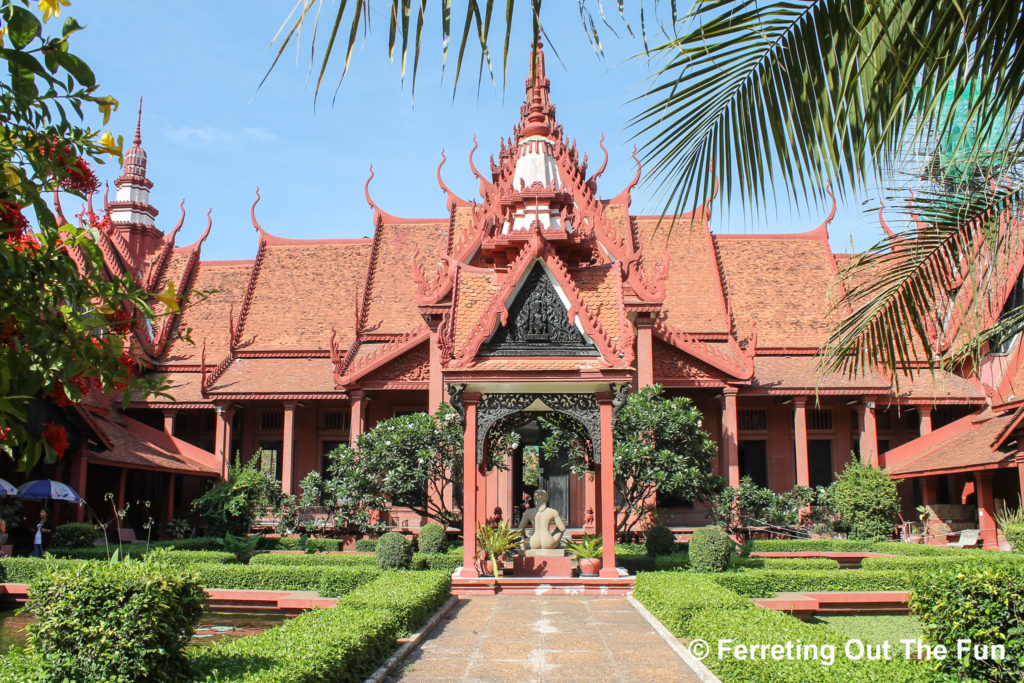
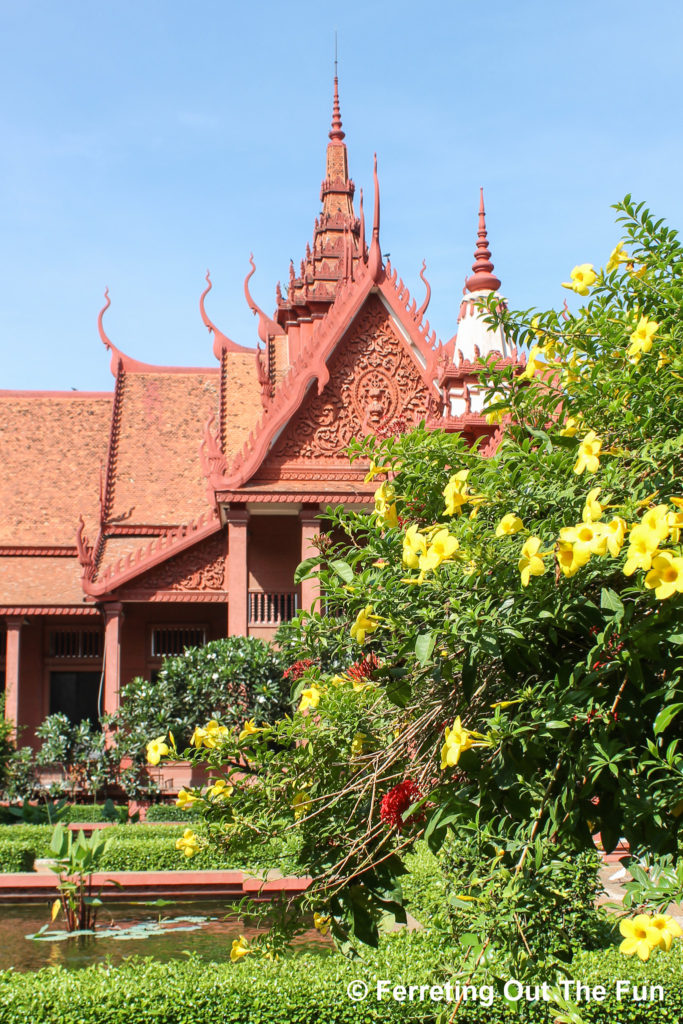
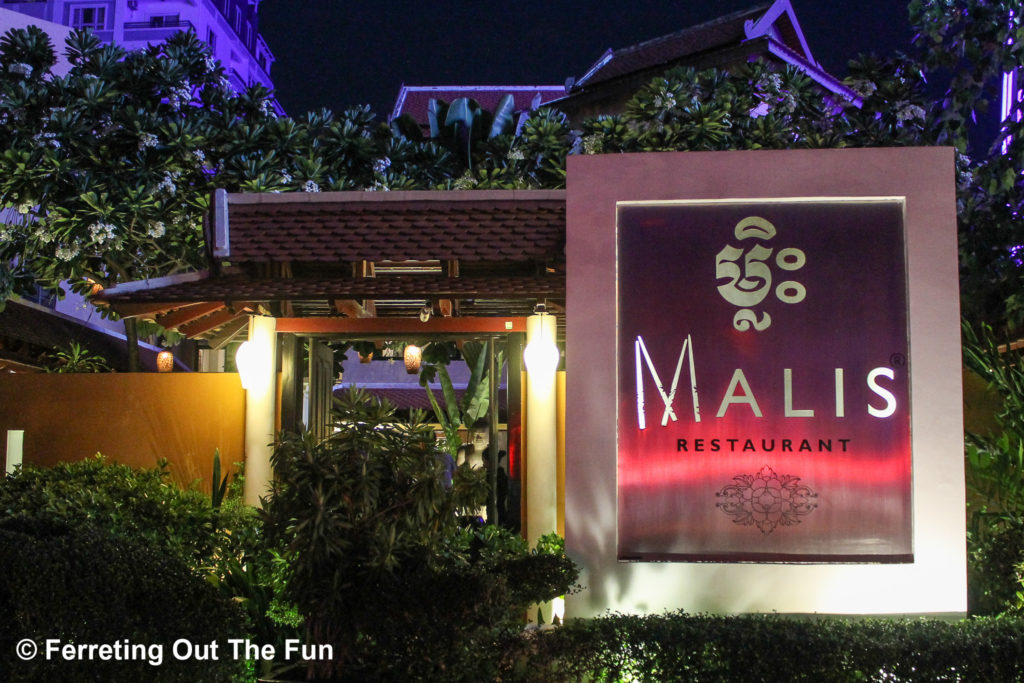
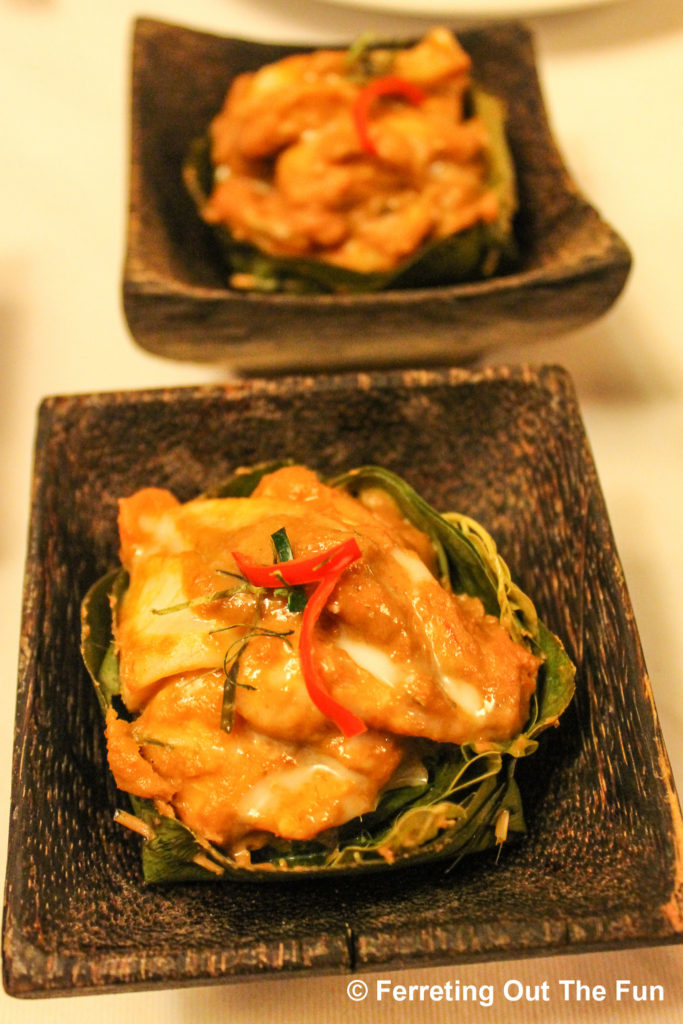
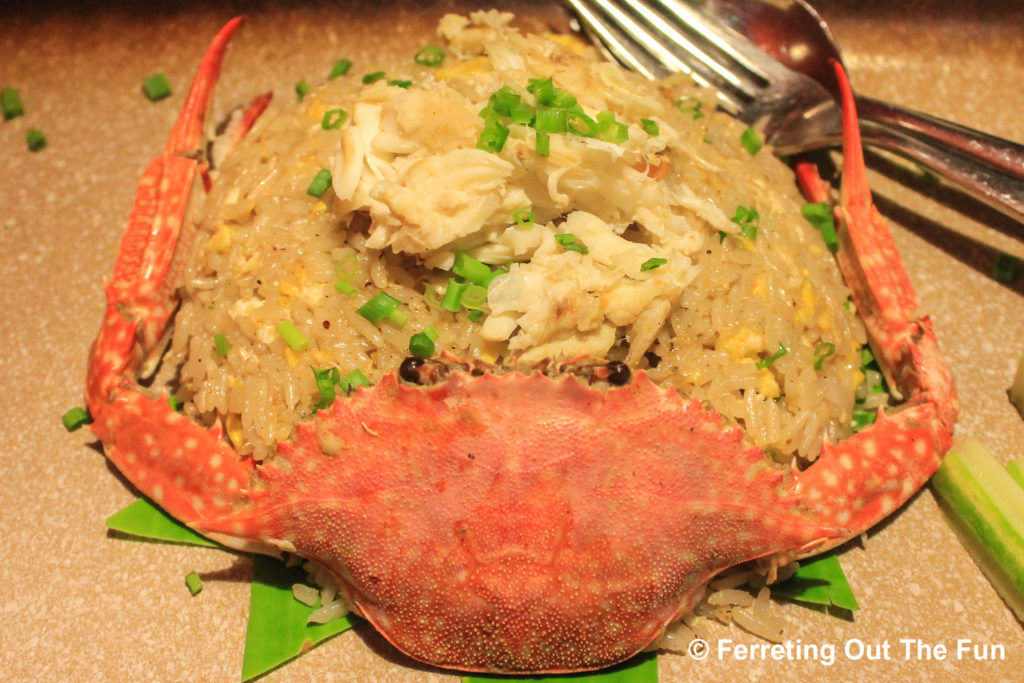
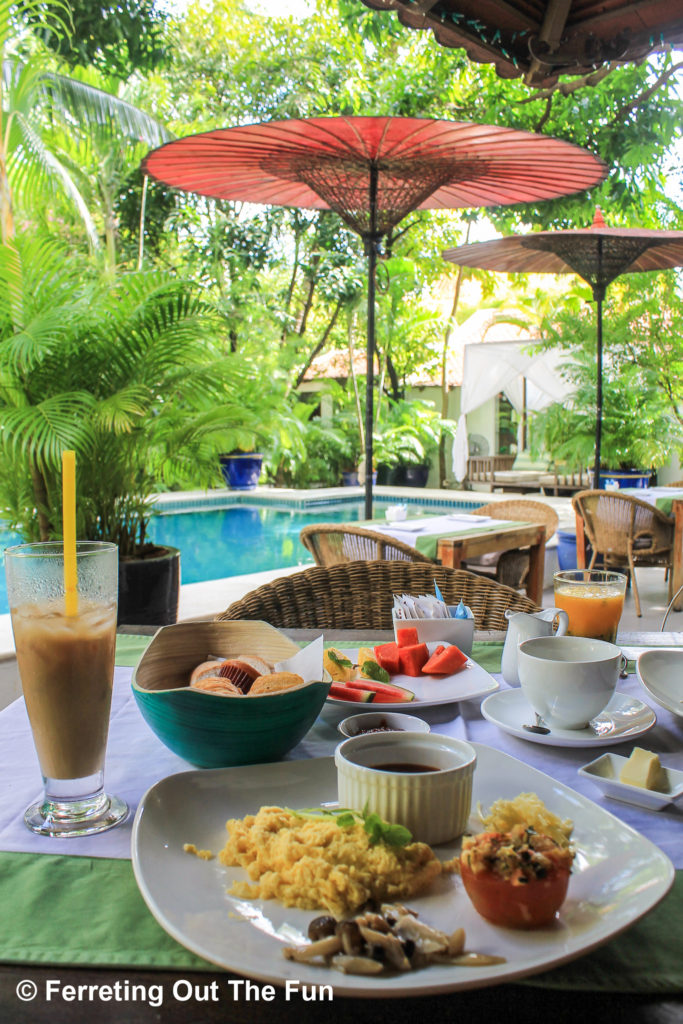
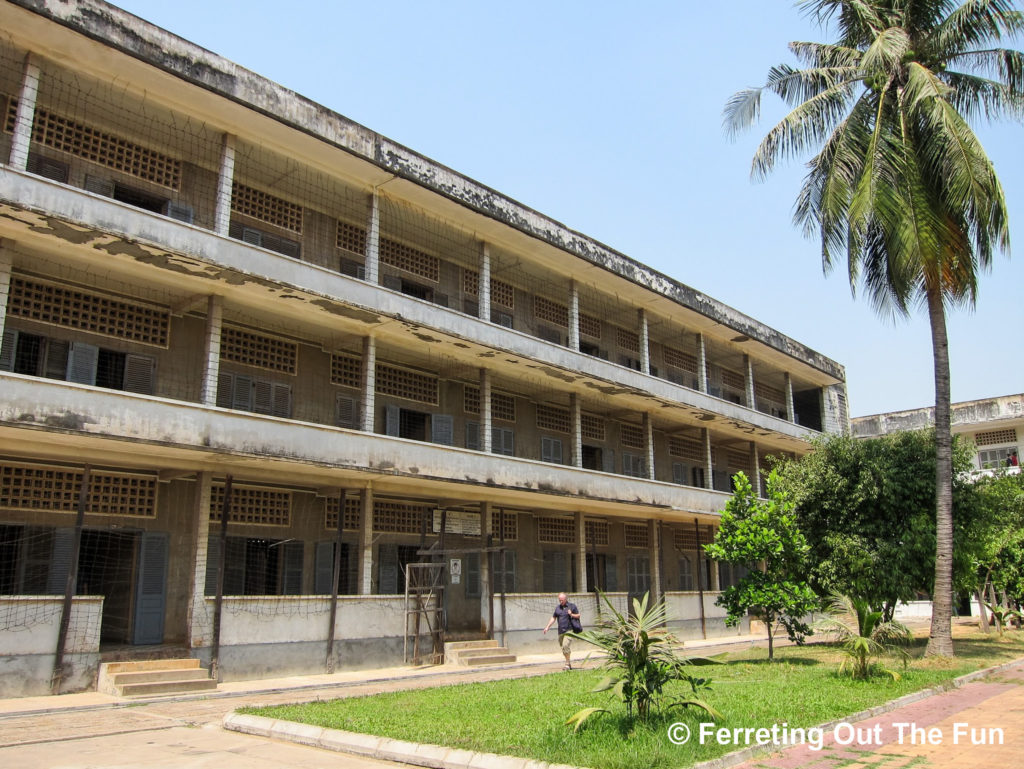
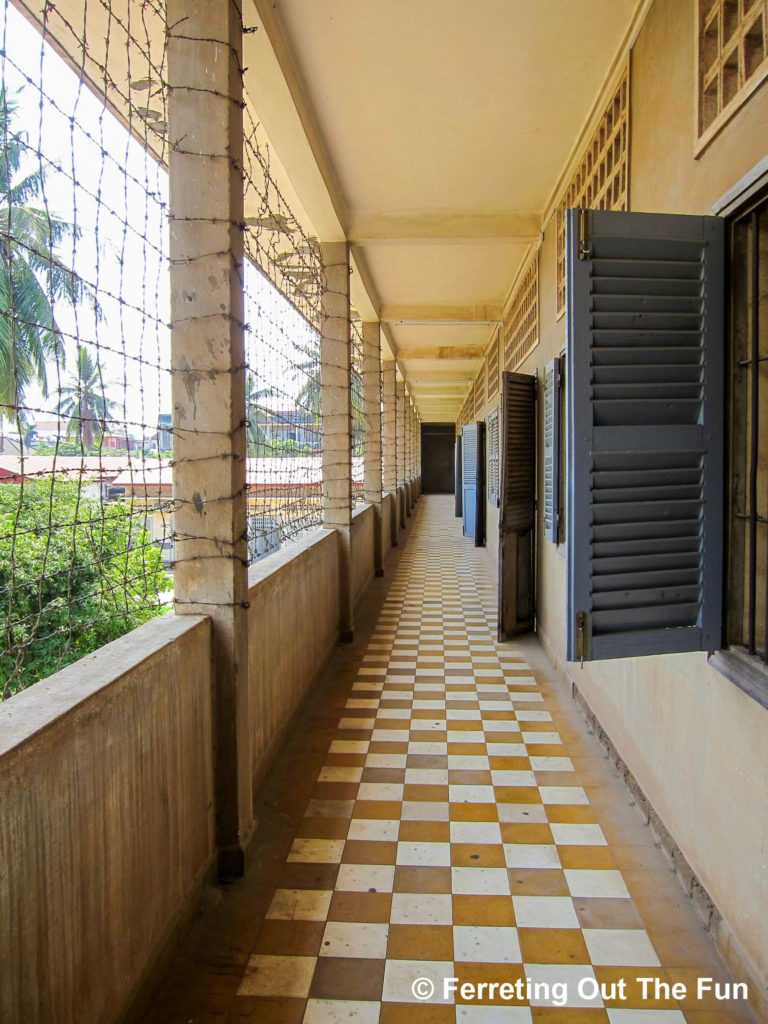
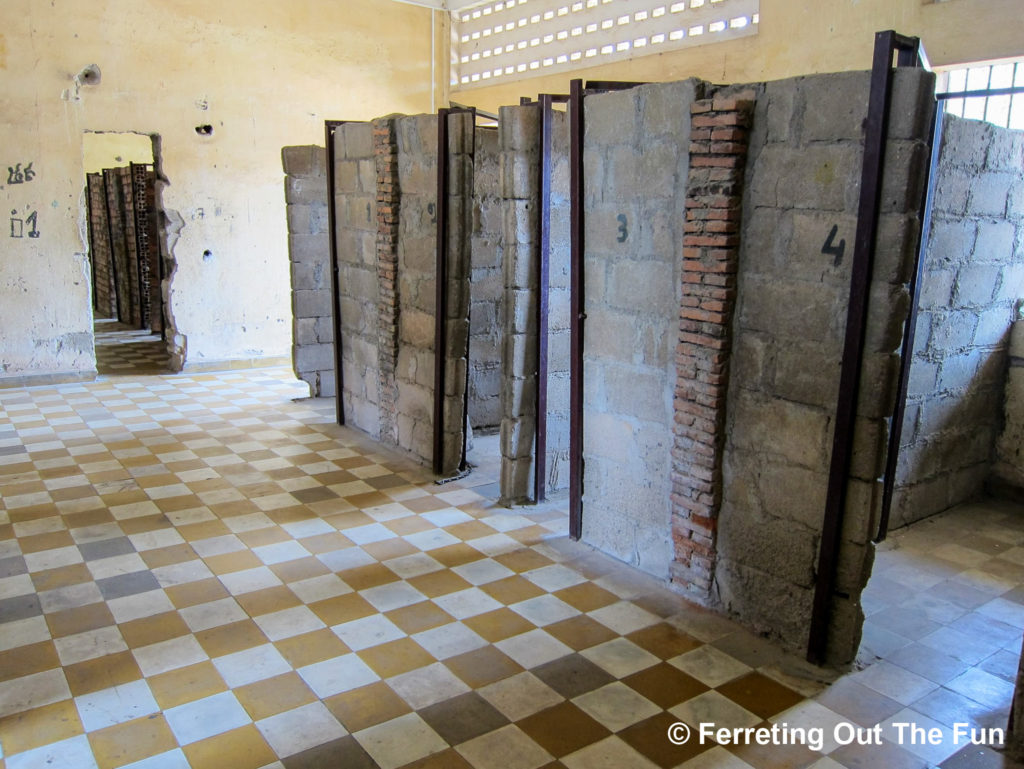
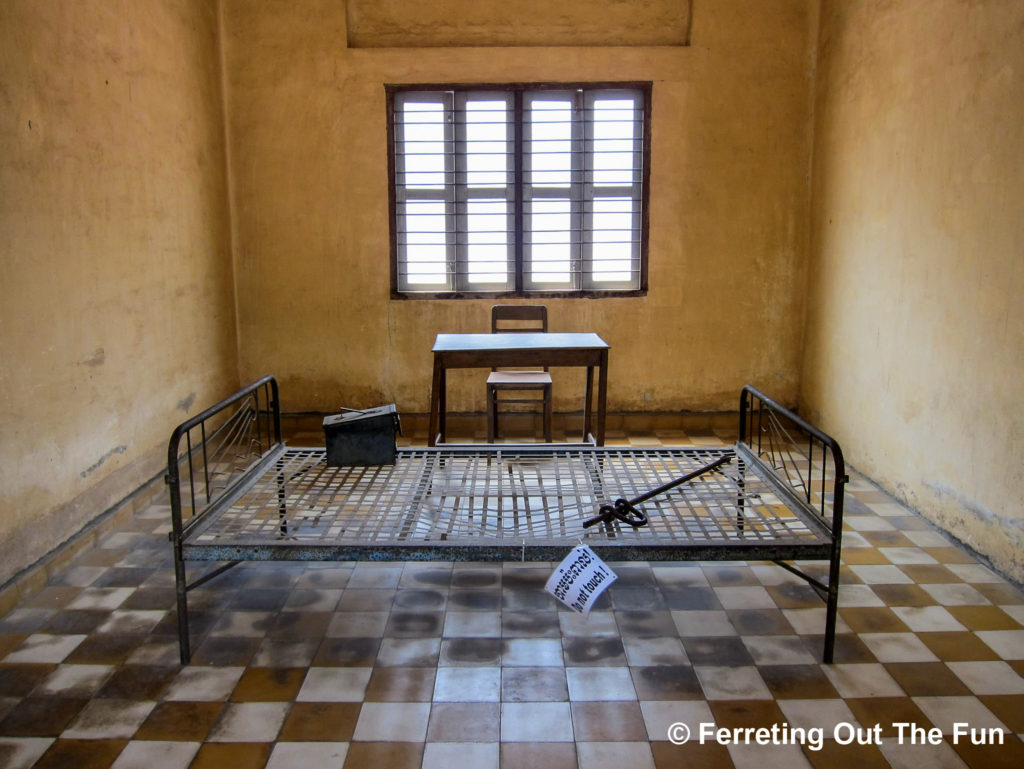
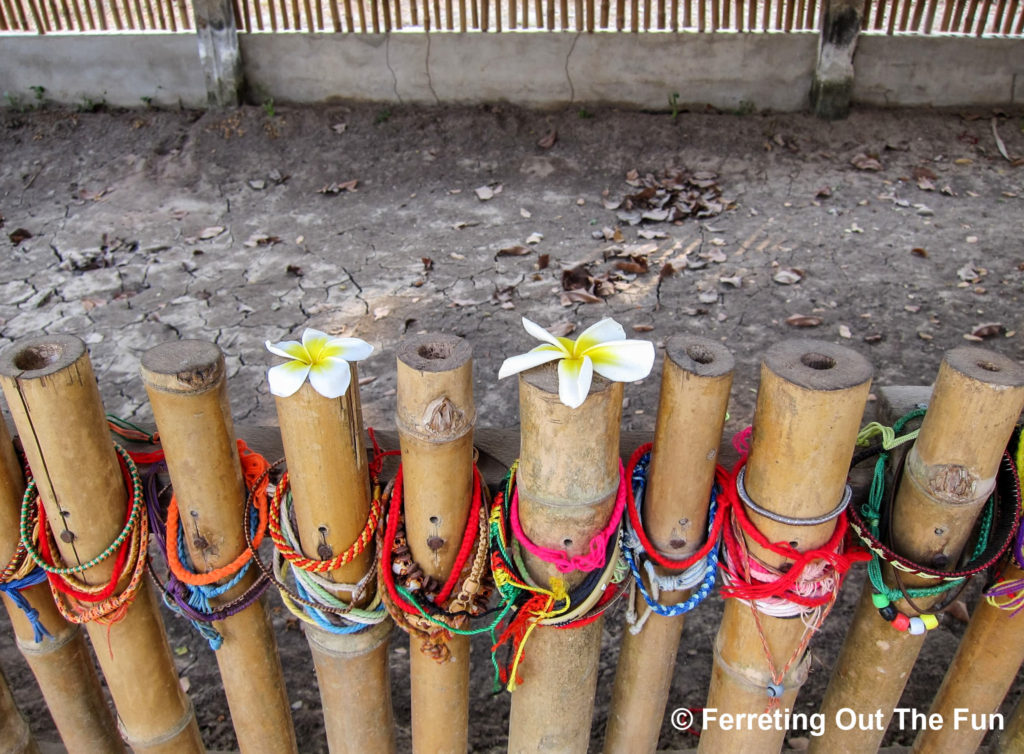
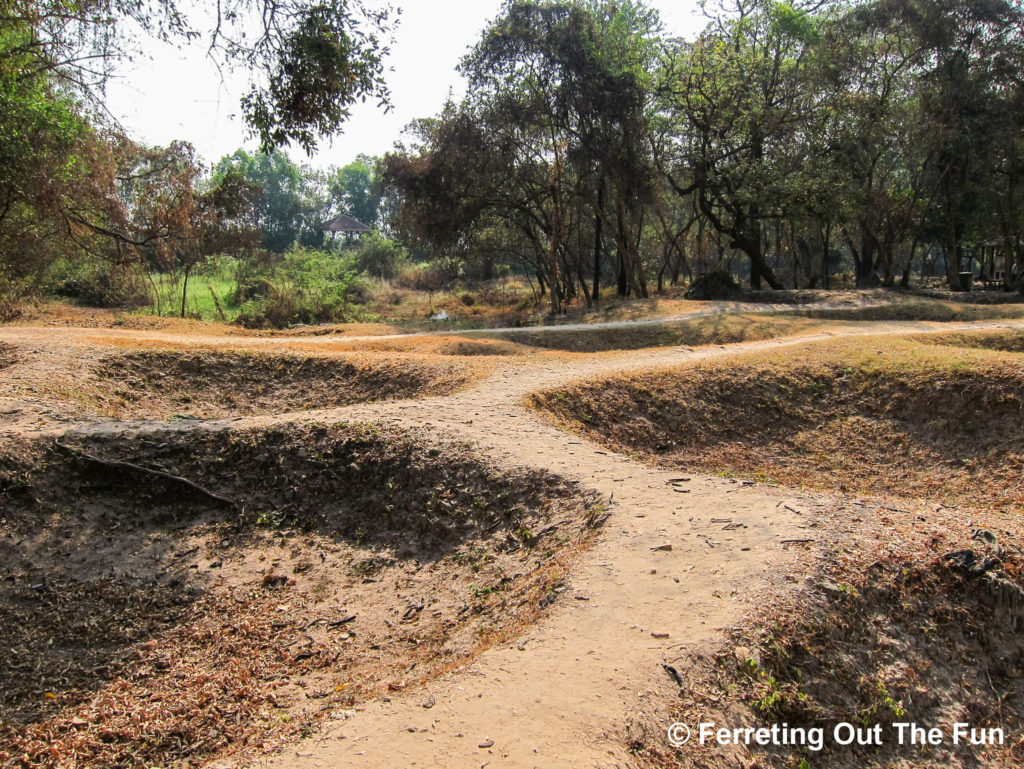
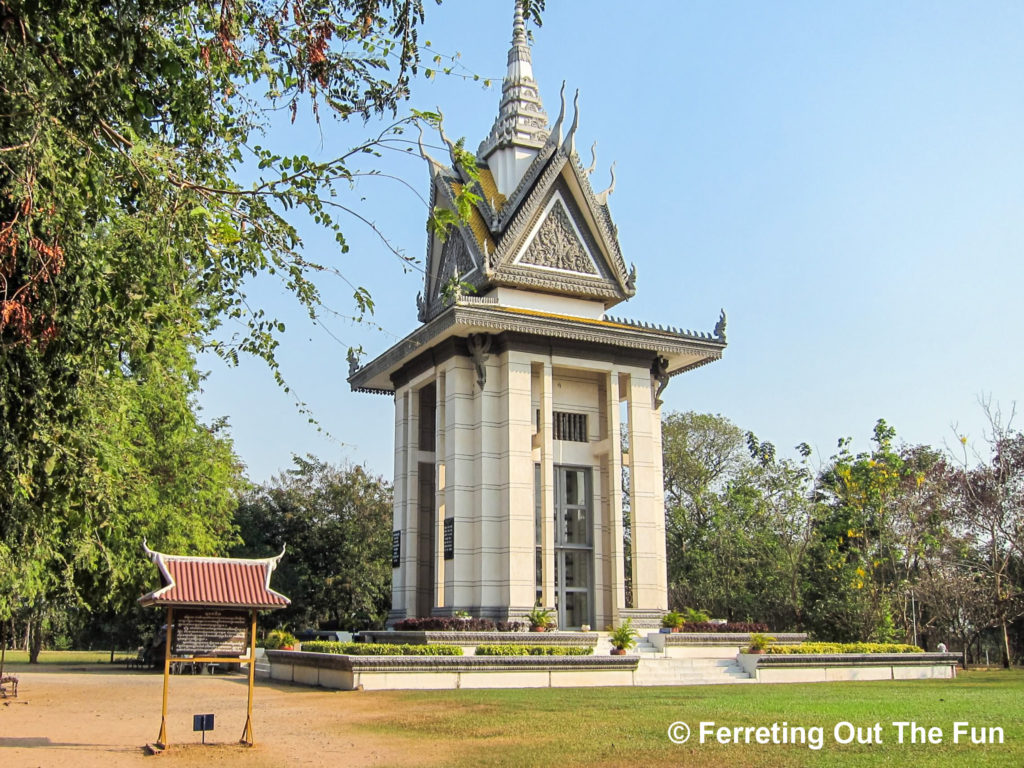
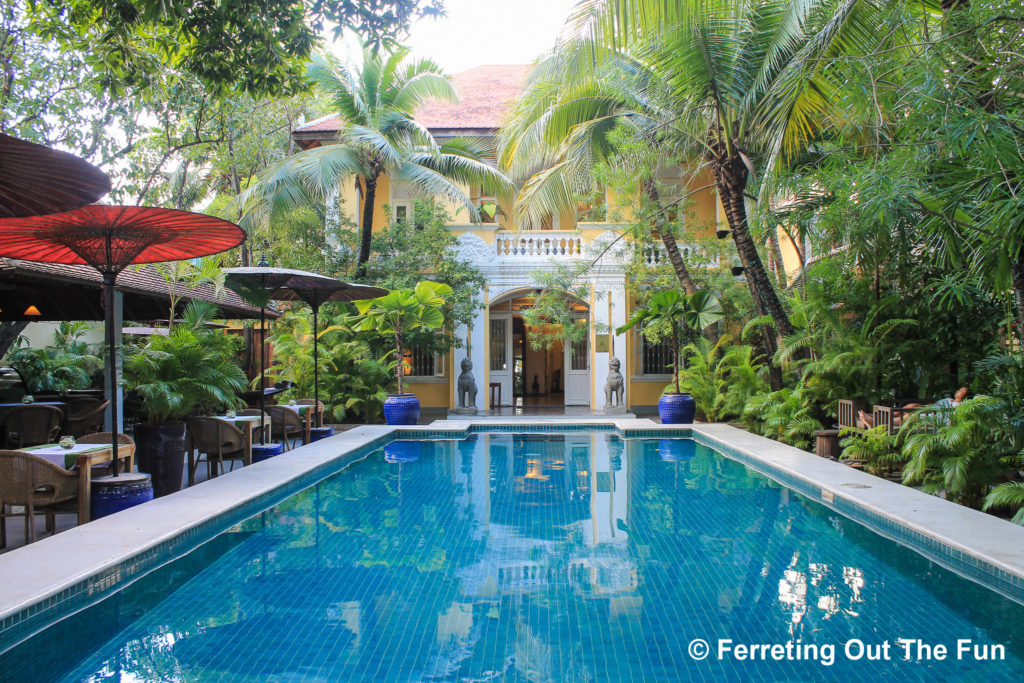
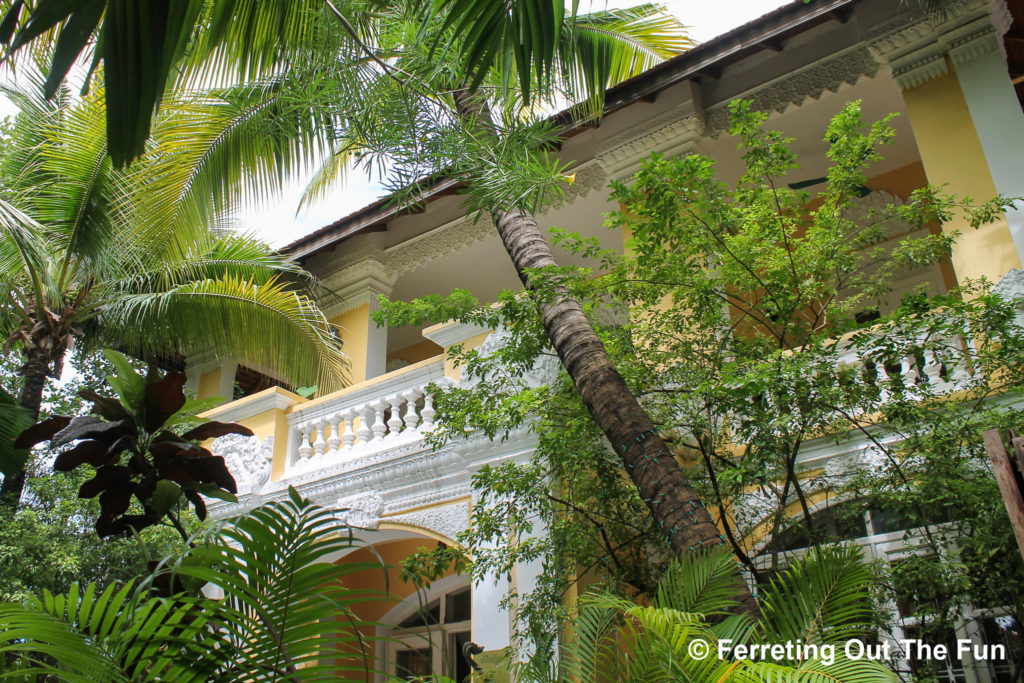
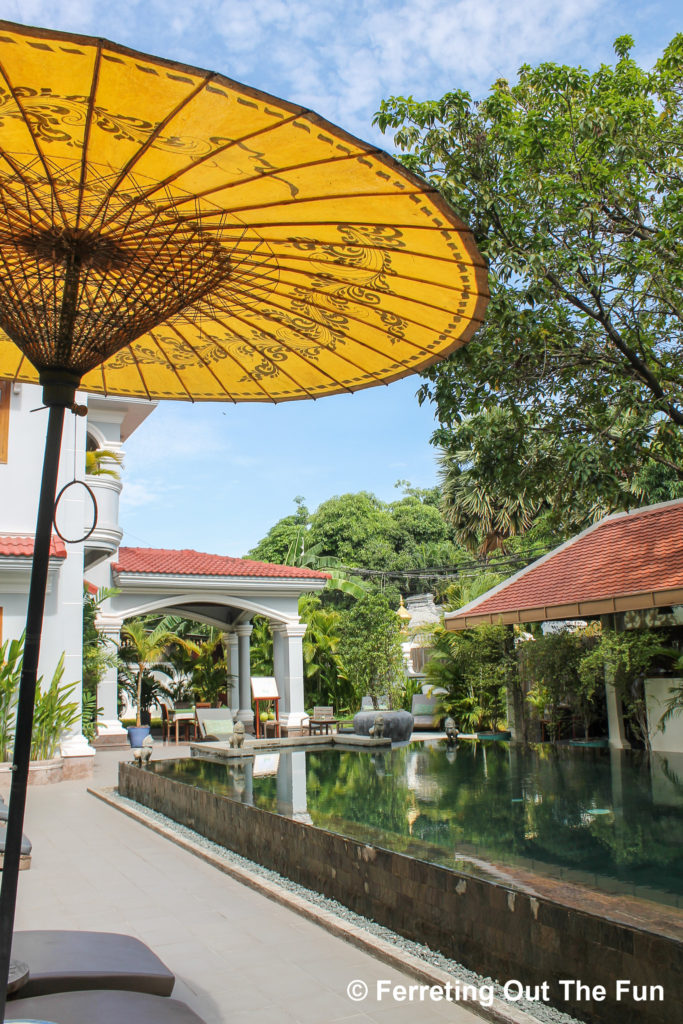
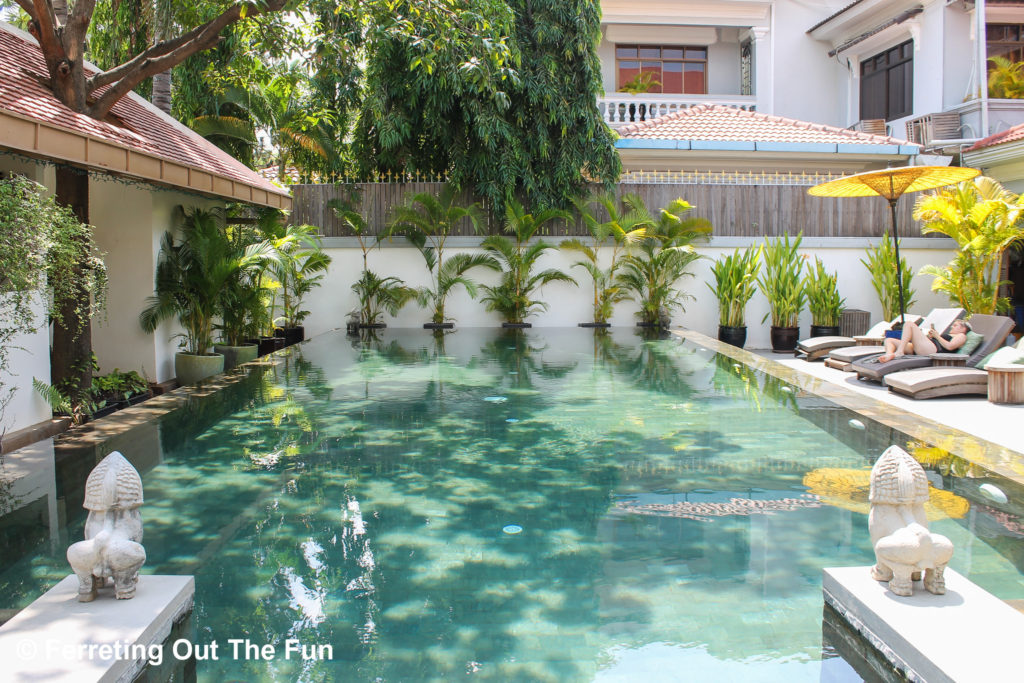
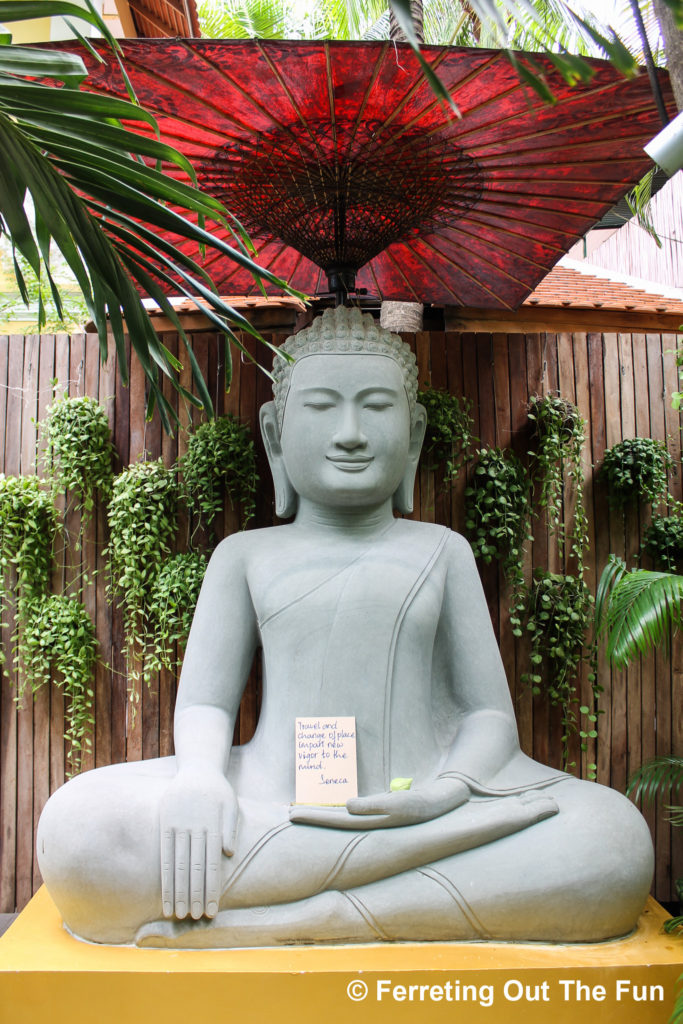
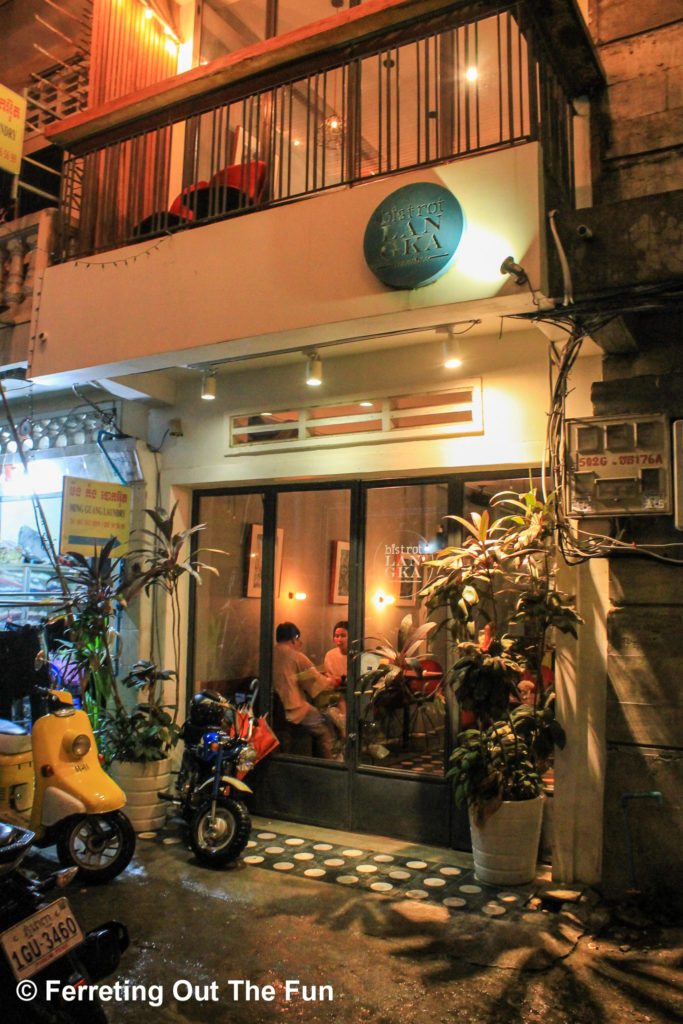
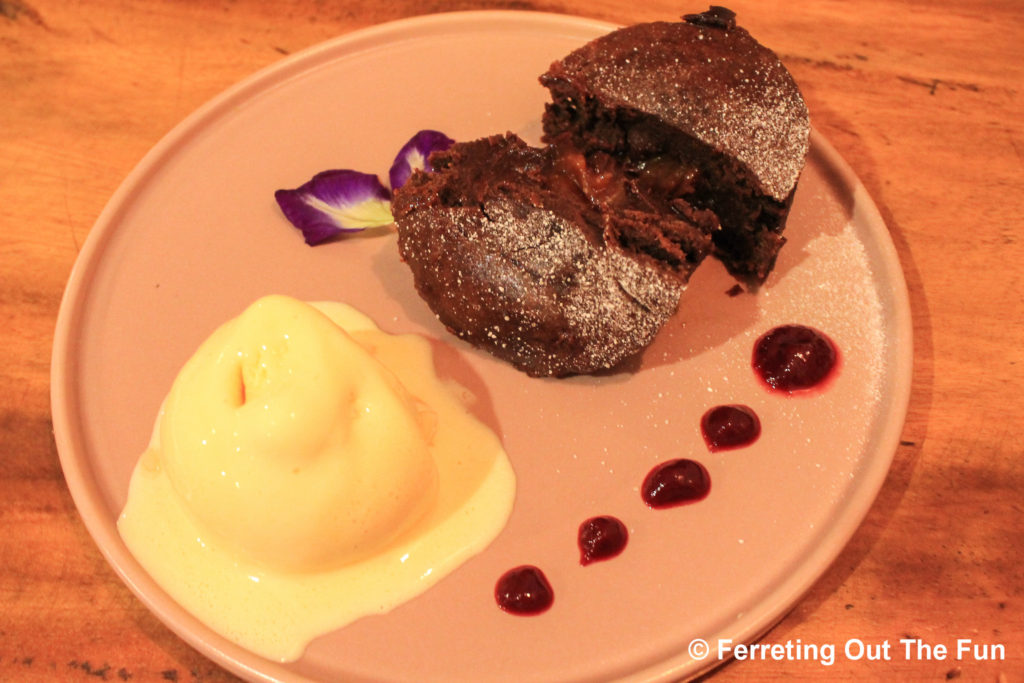
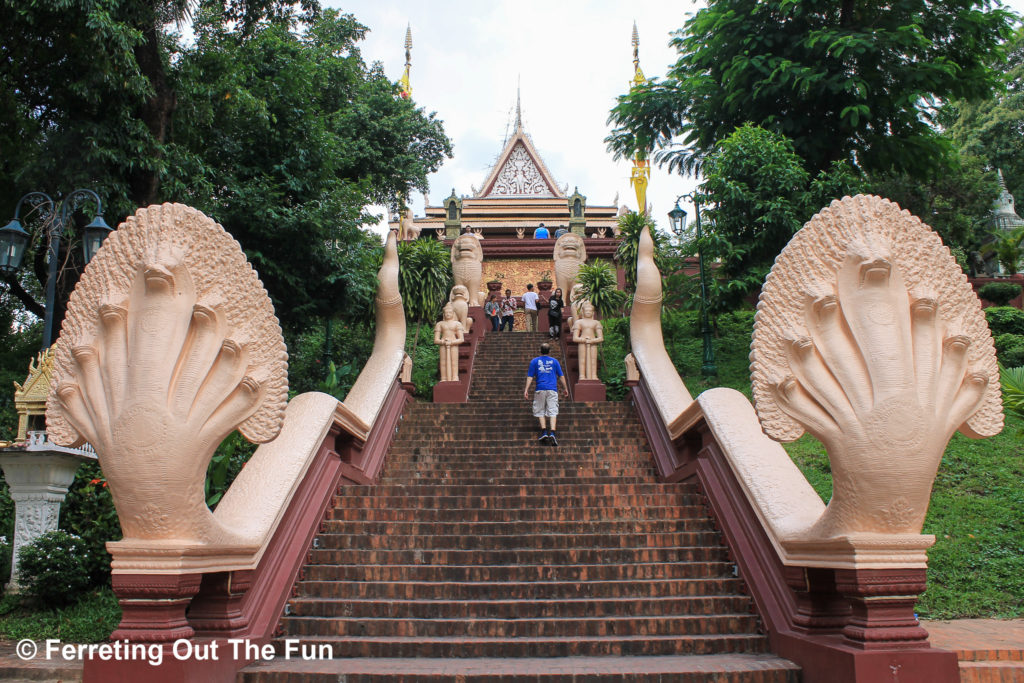
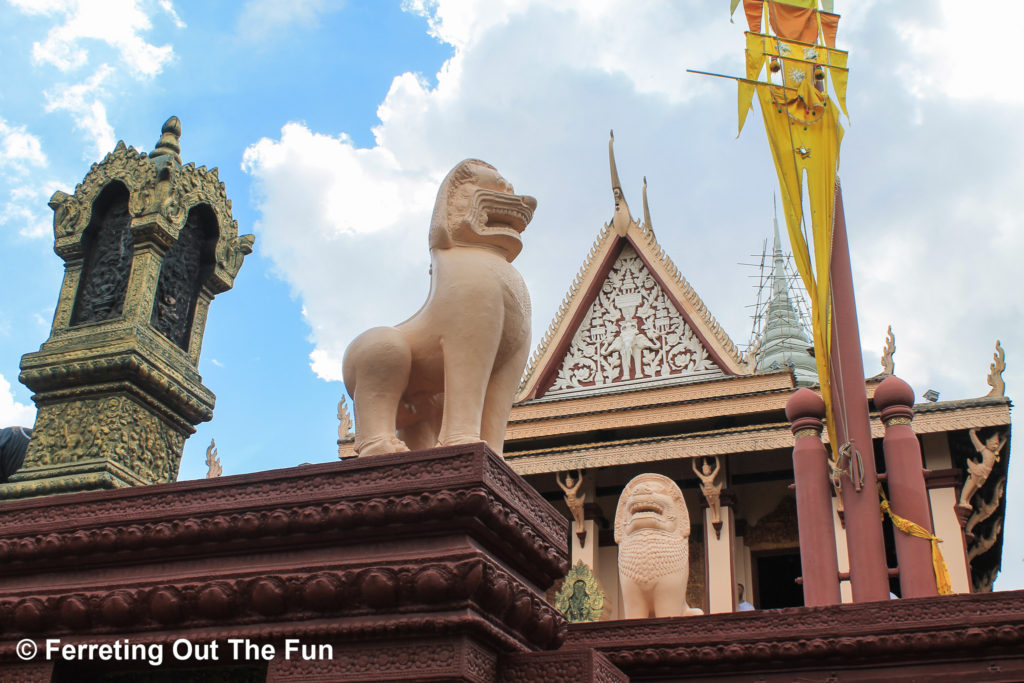
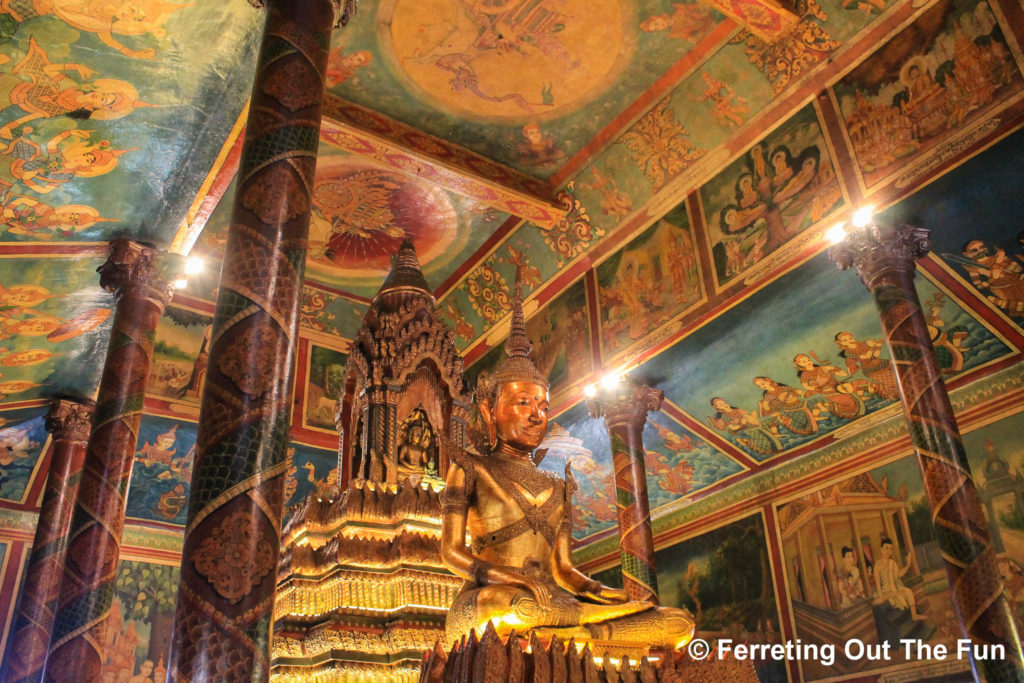
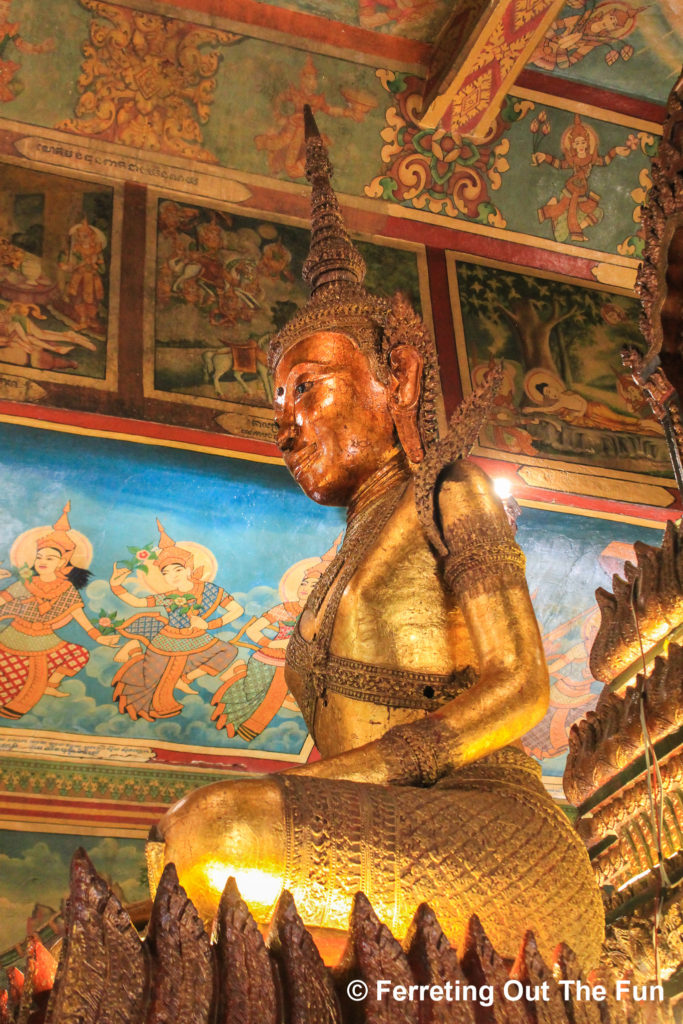
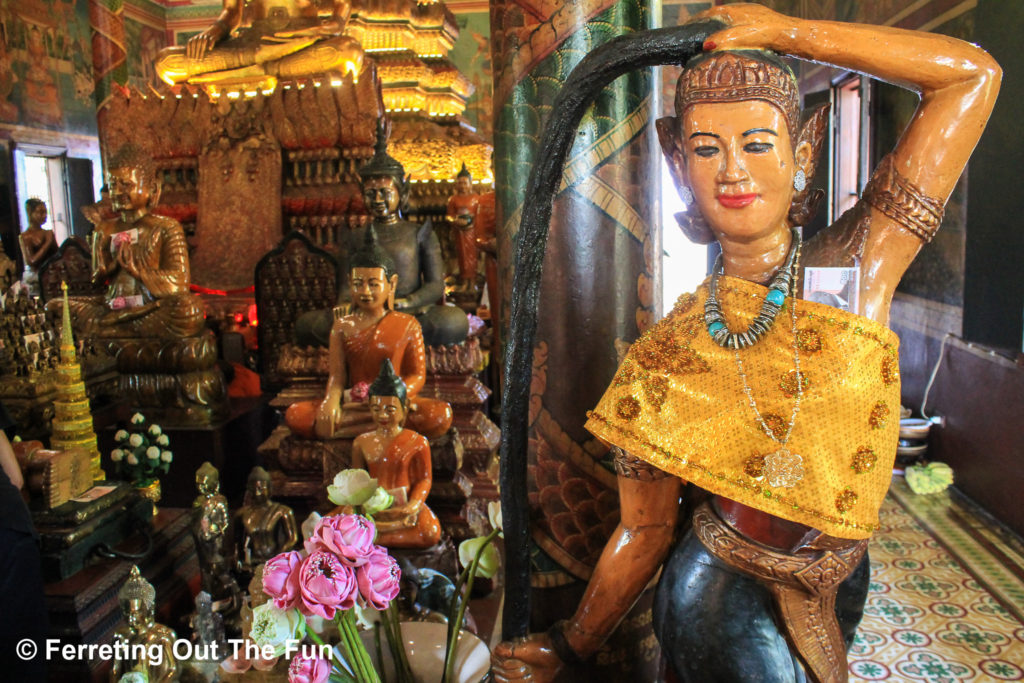
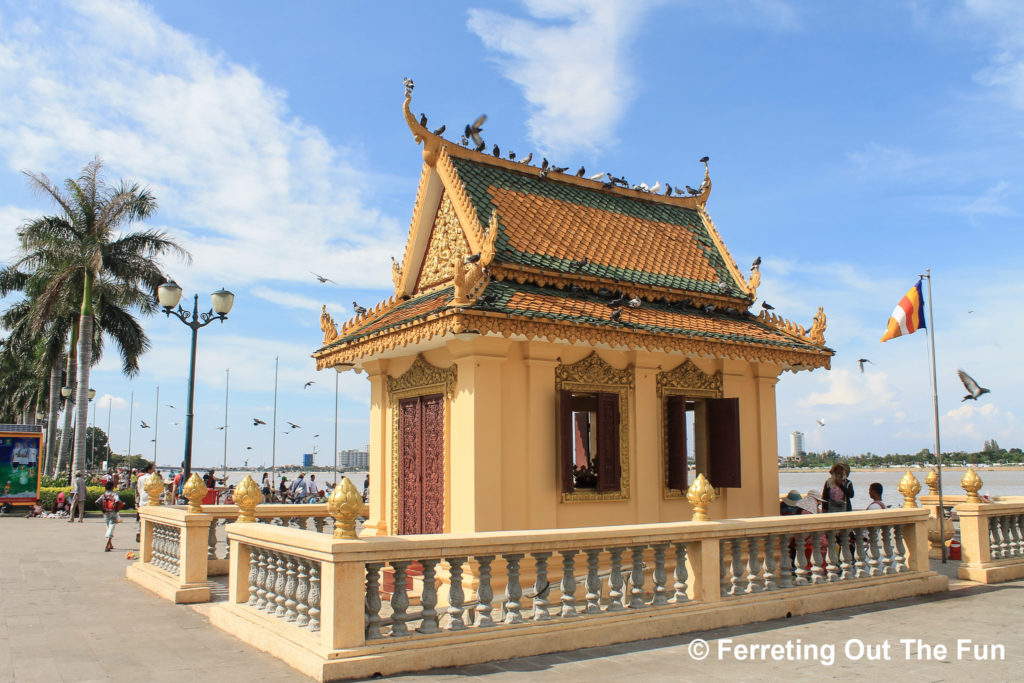
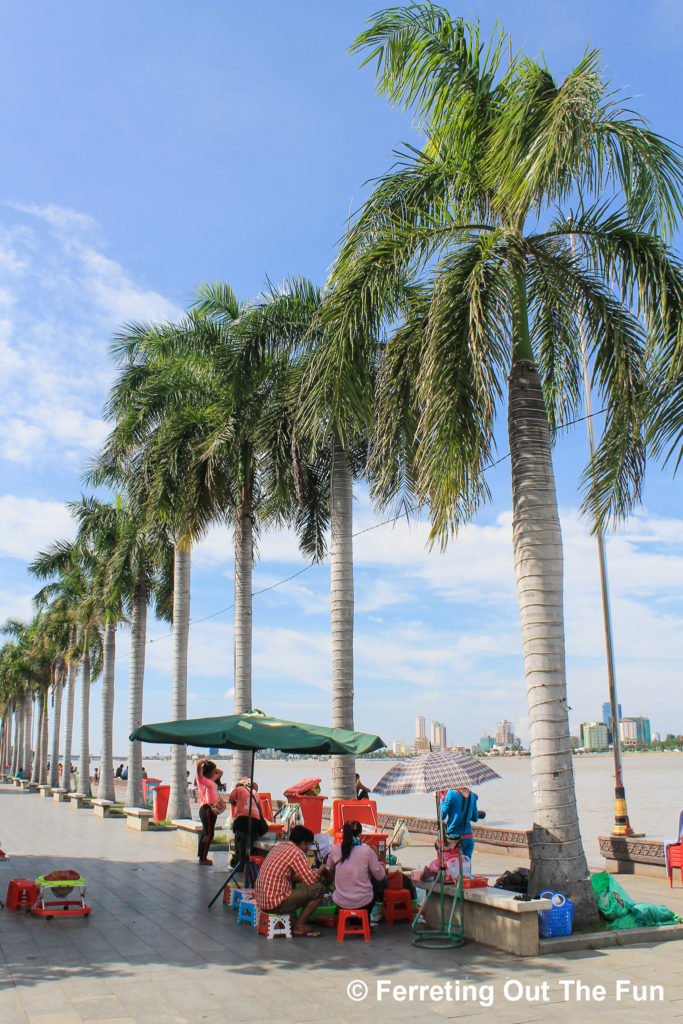
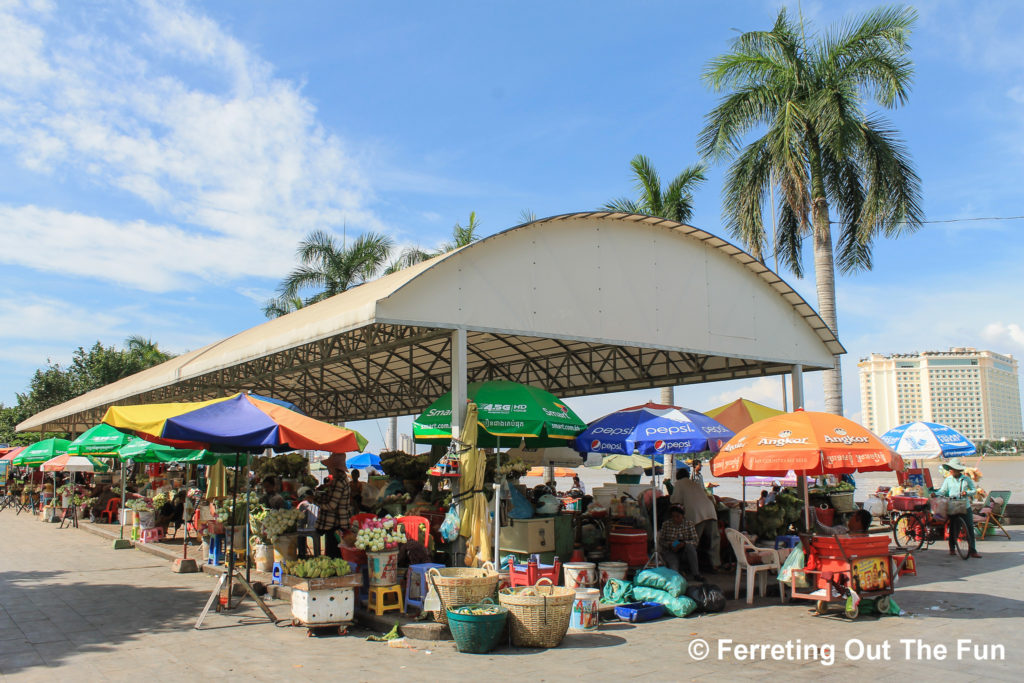
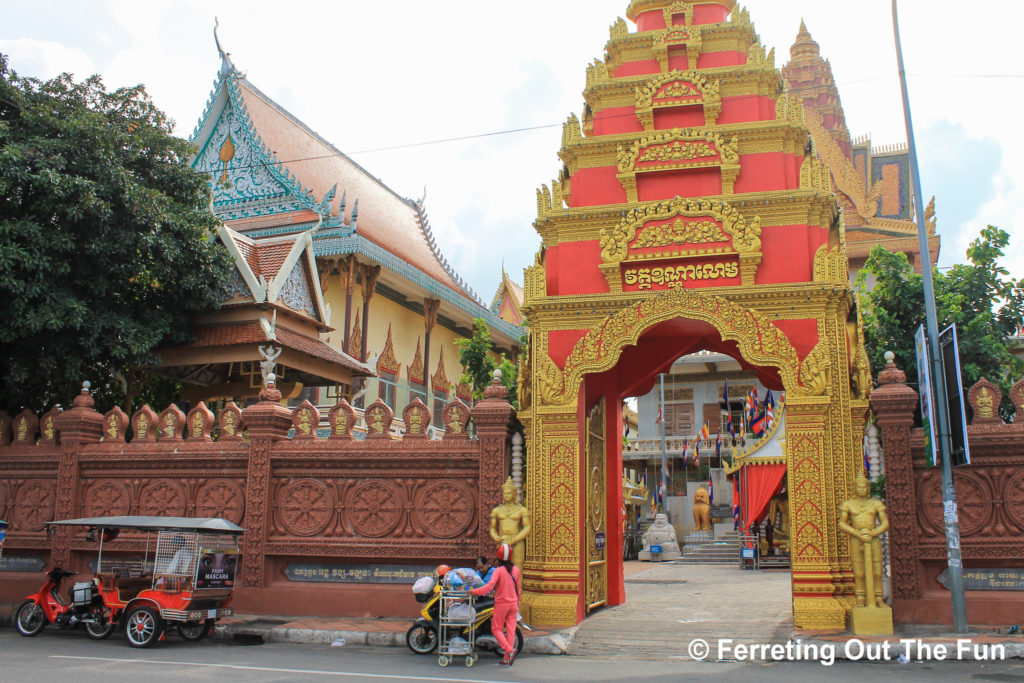
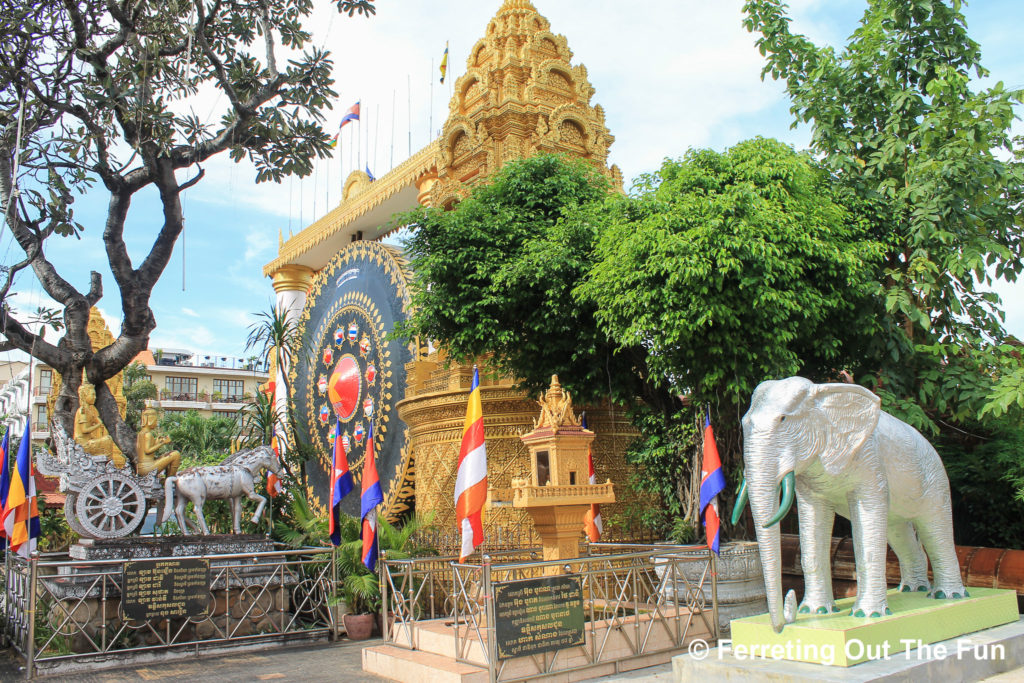
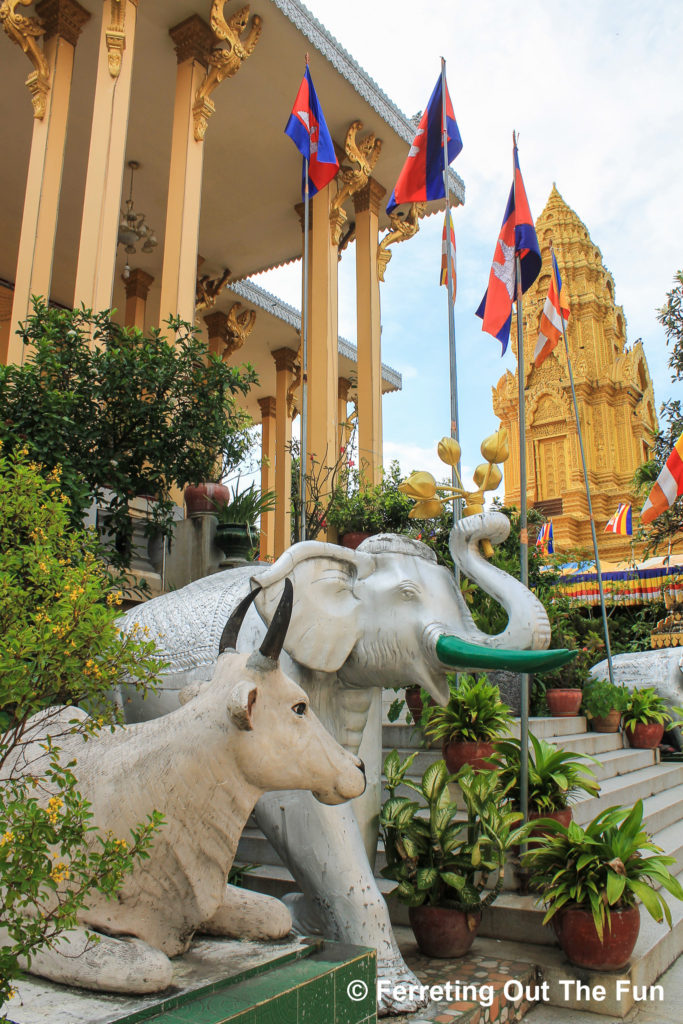
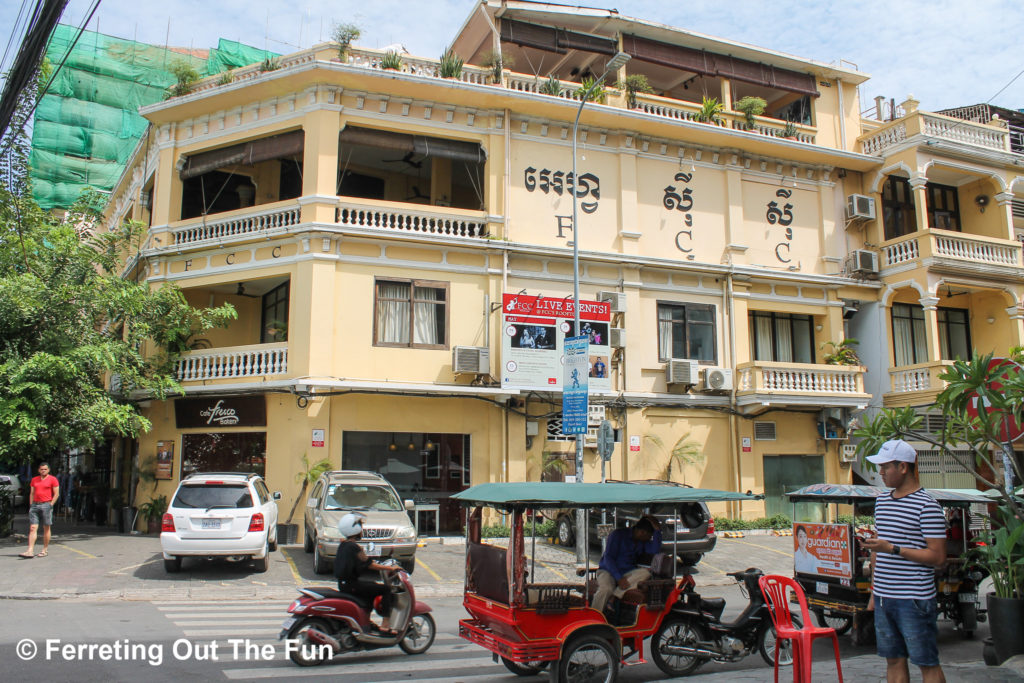
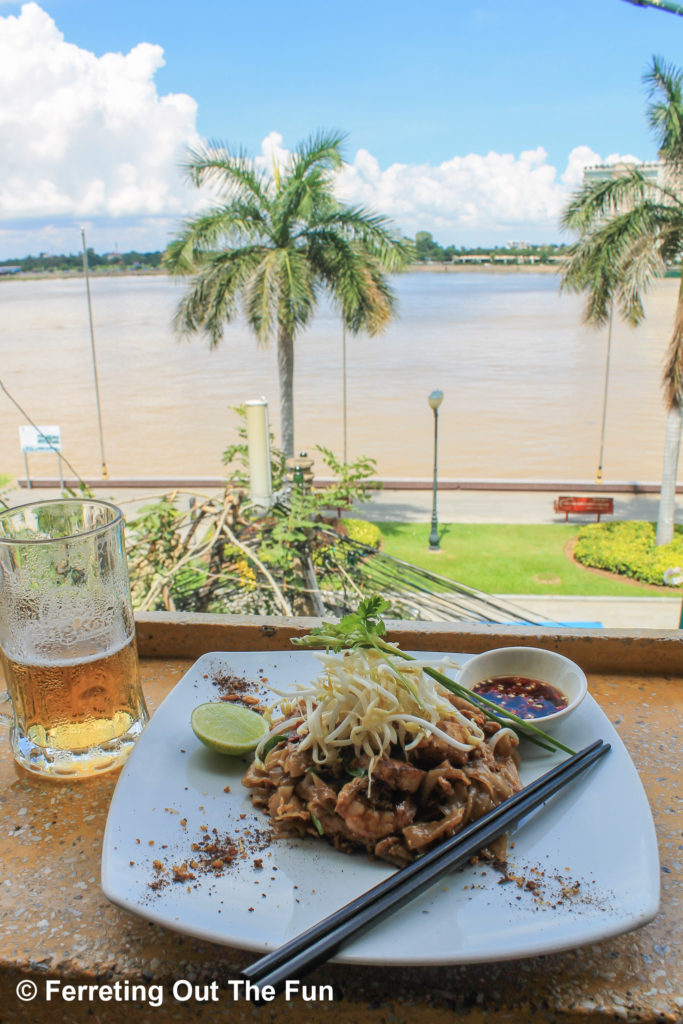
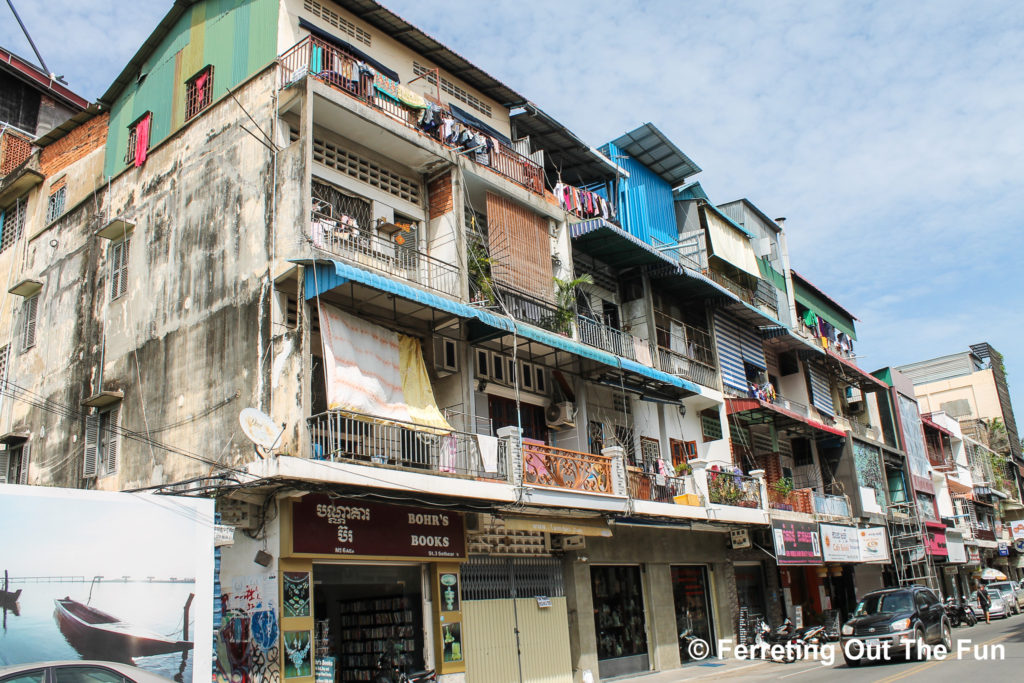
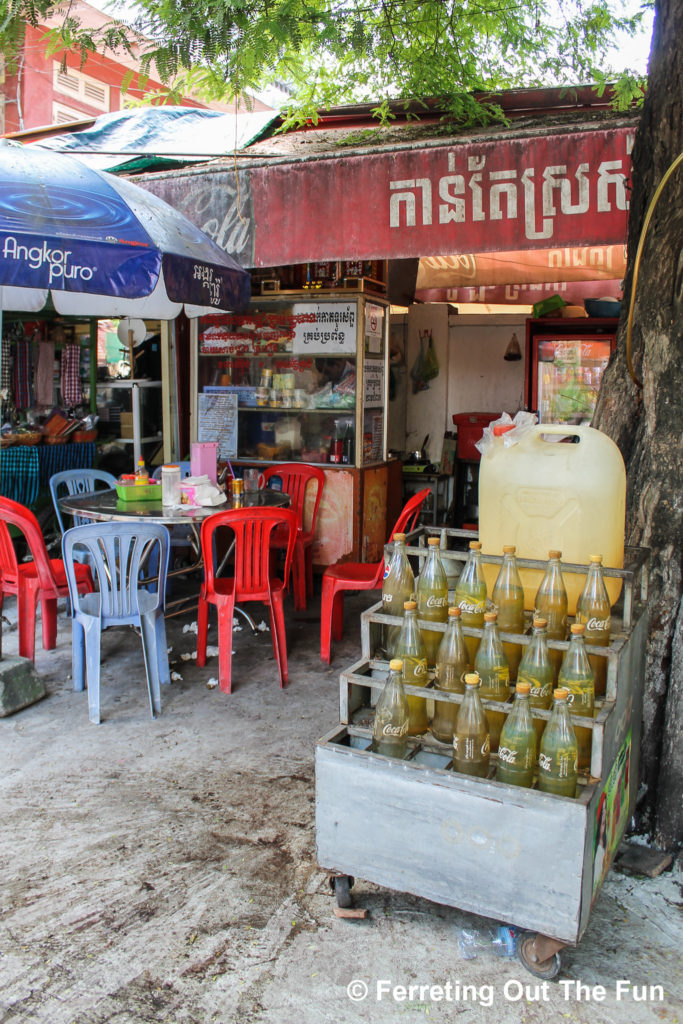
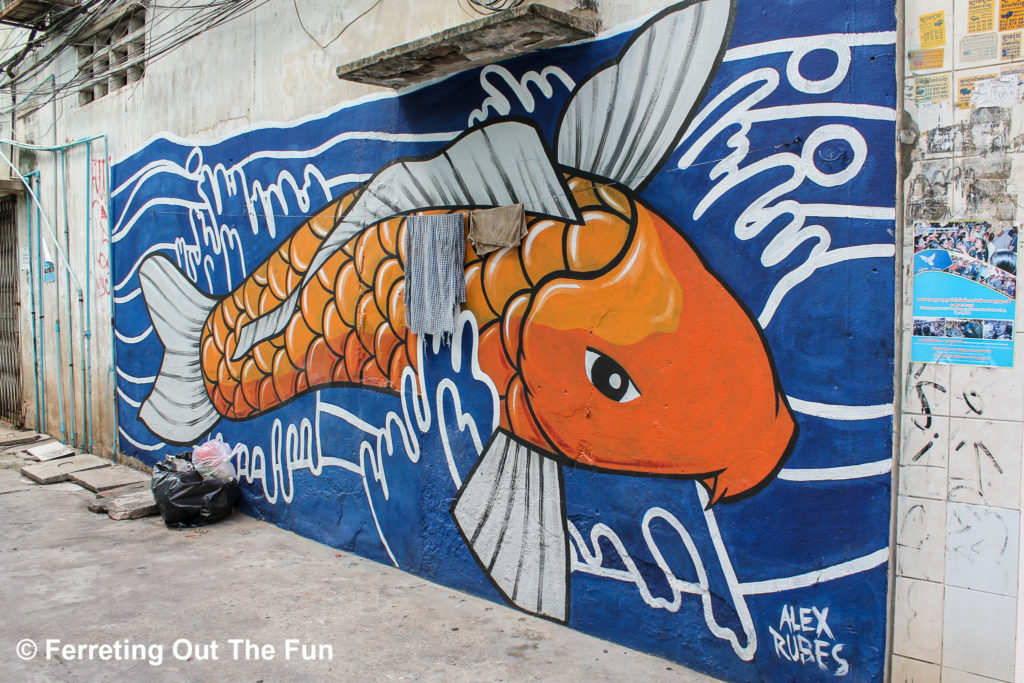
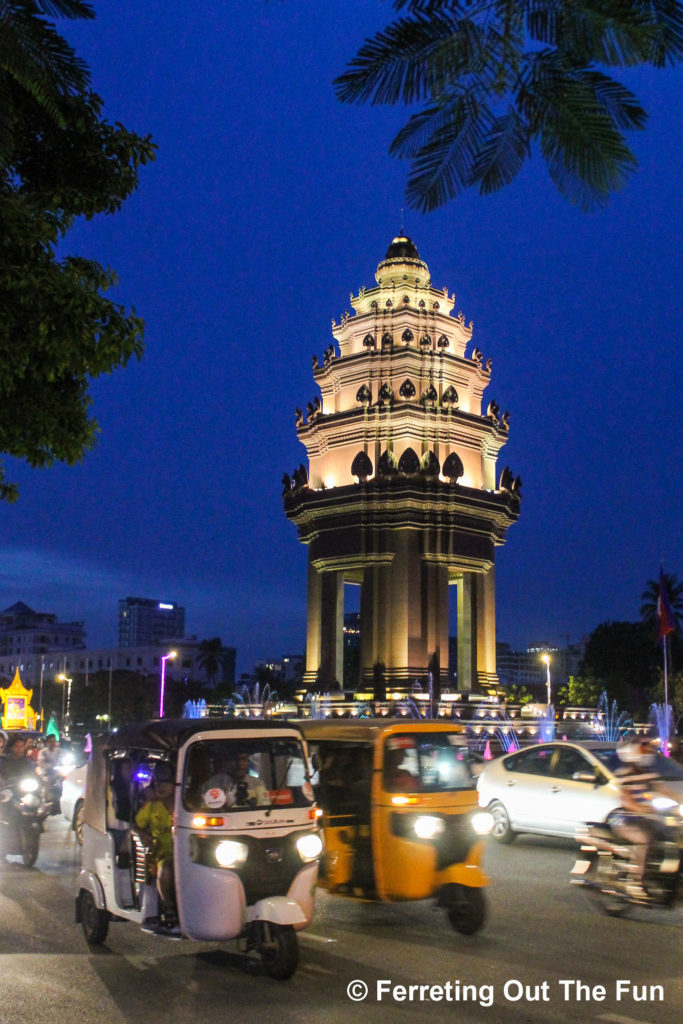
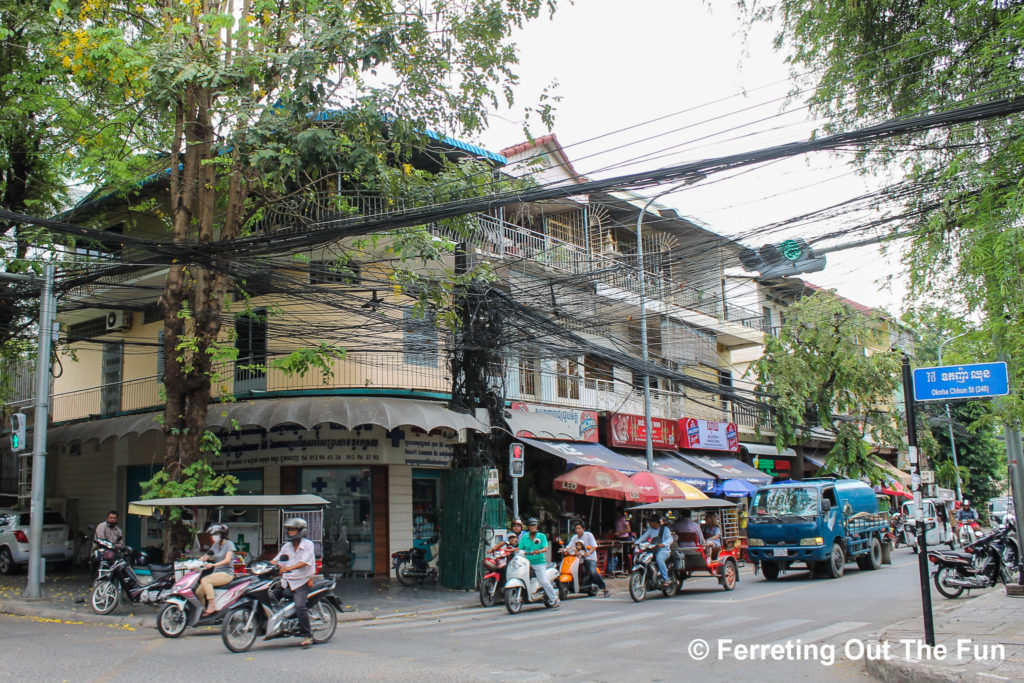
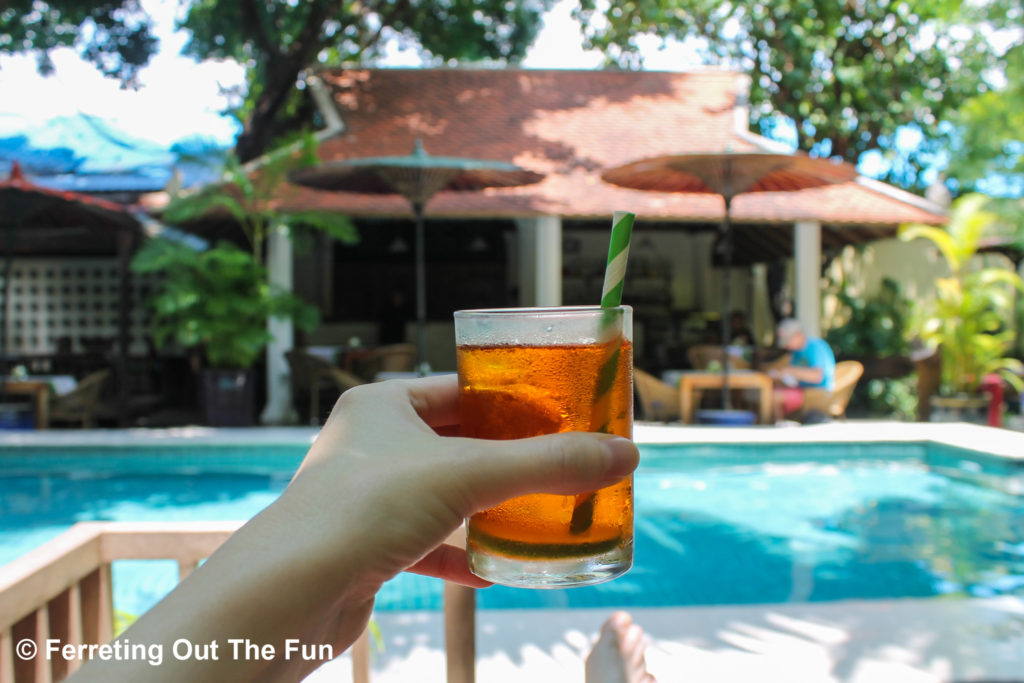
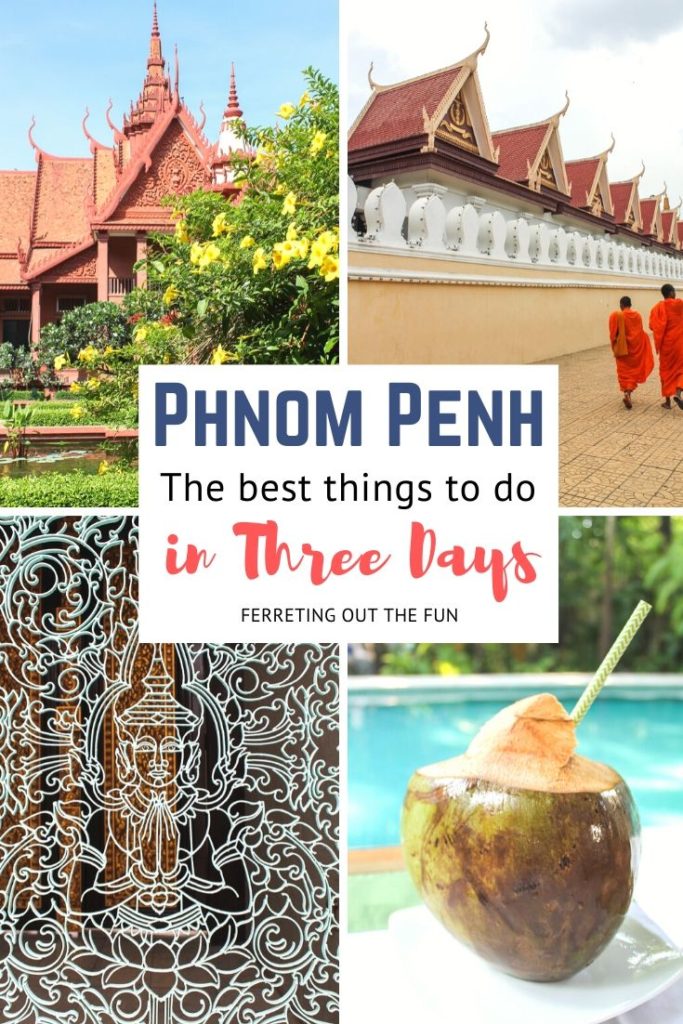
Great blog post. Love all the pictures. The things humans do to other humans such as the genocide there breaks your heart. I just don’t understand how people can be so cruel. Anyway, what a beautiful, colorful city. I’m so glad you enjoyed your visits there.